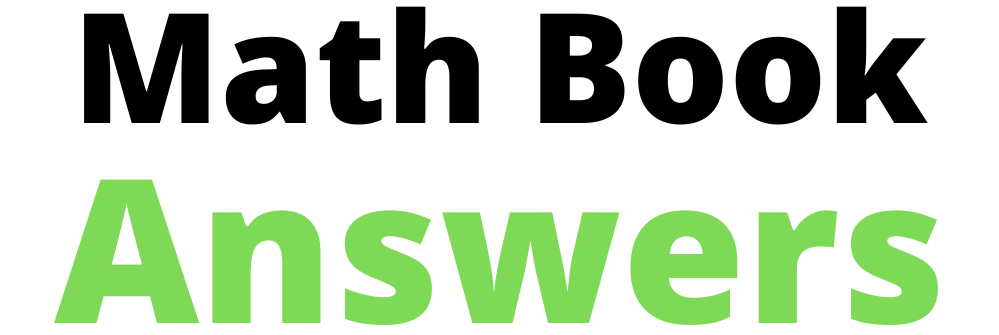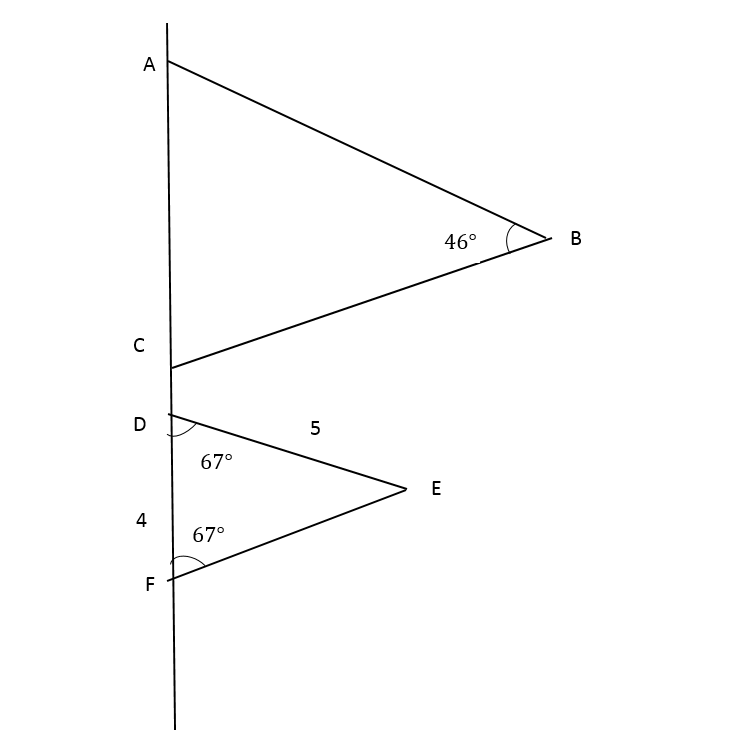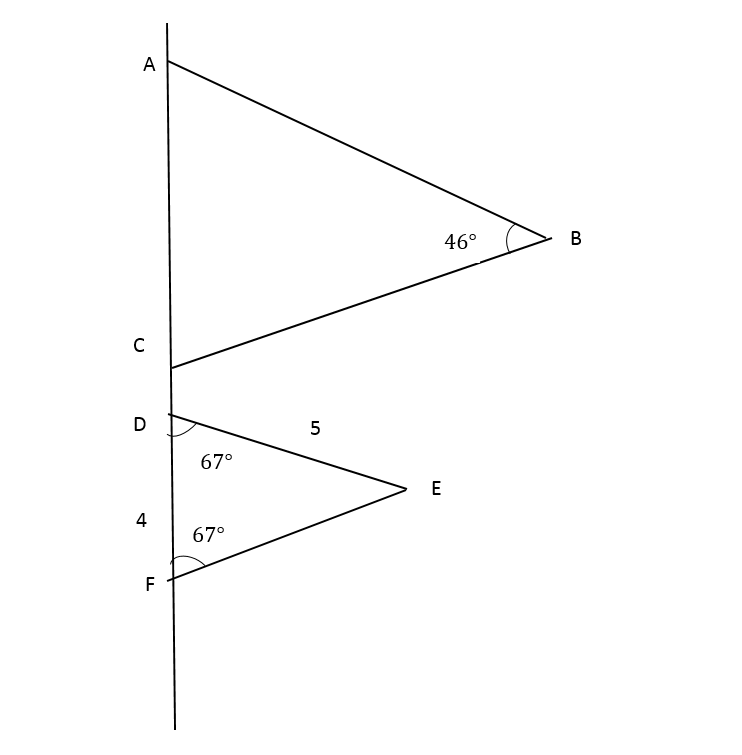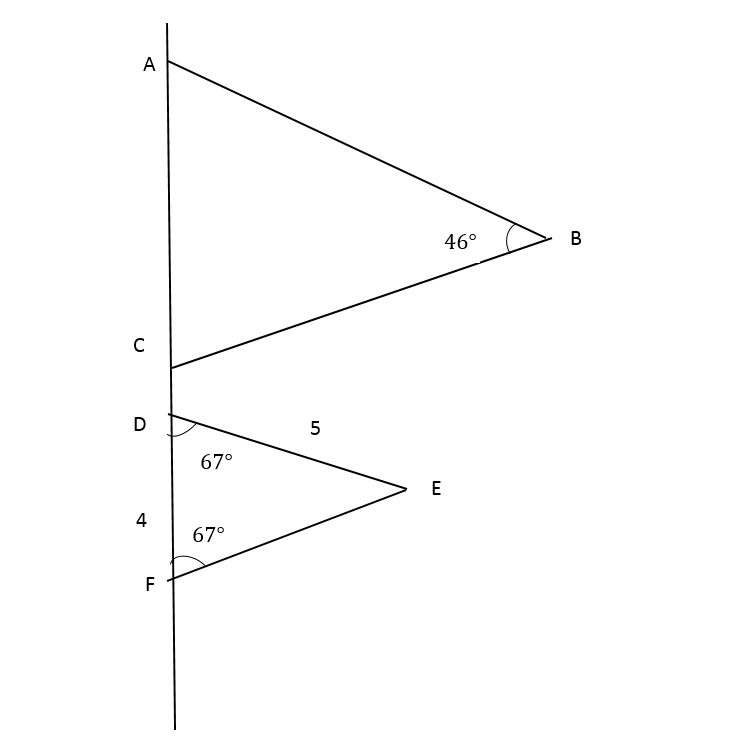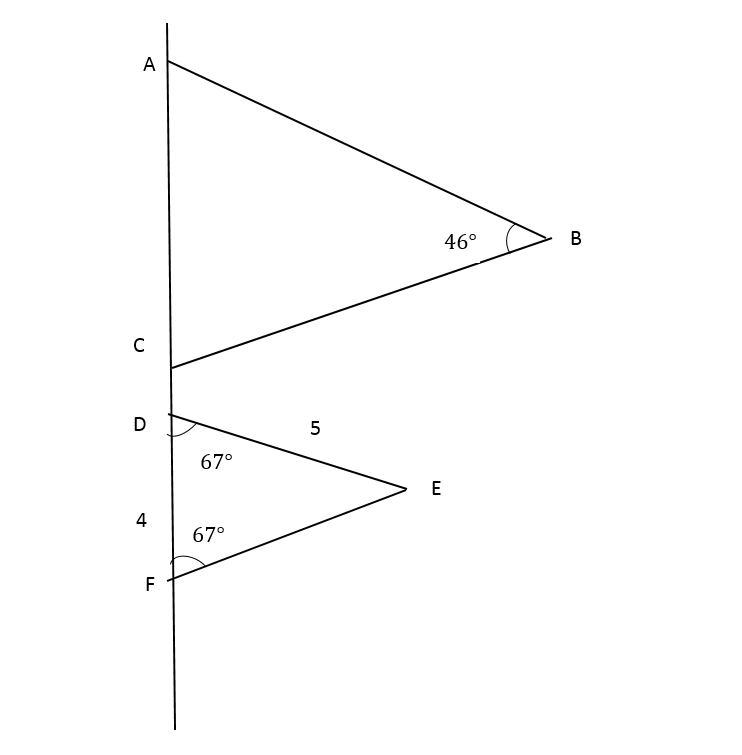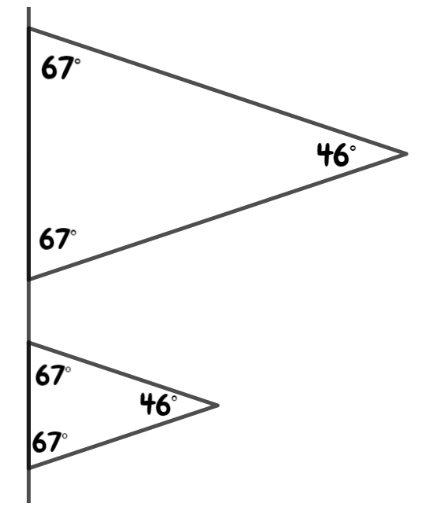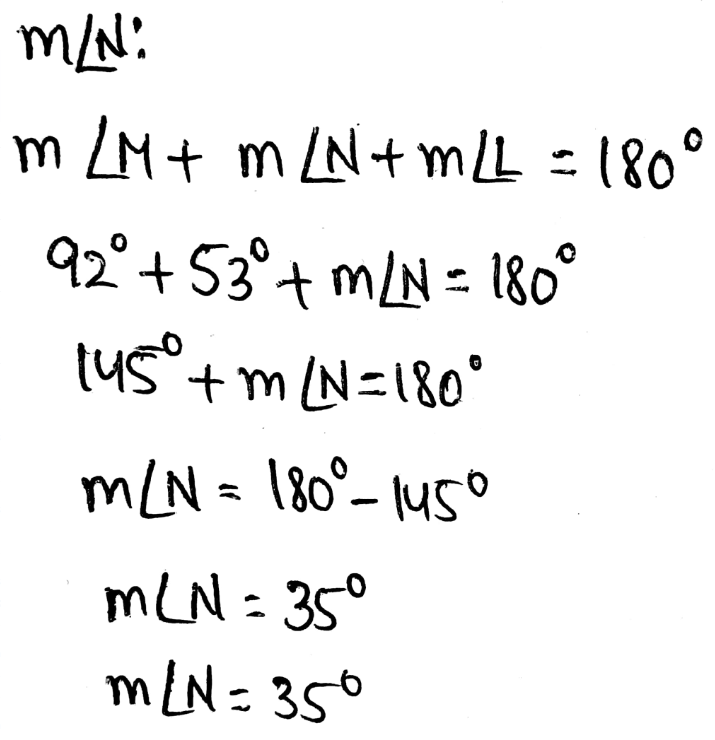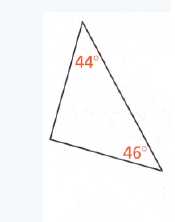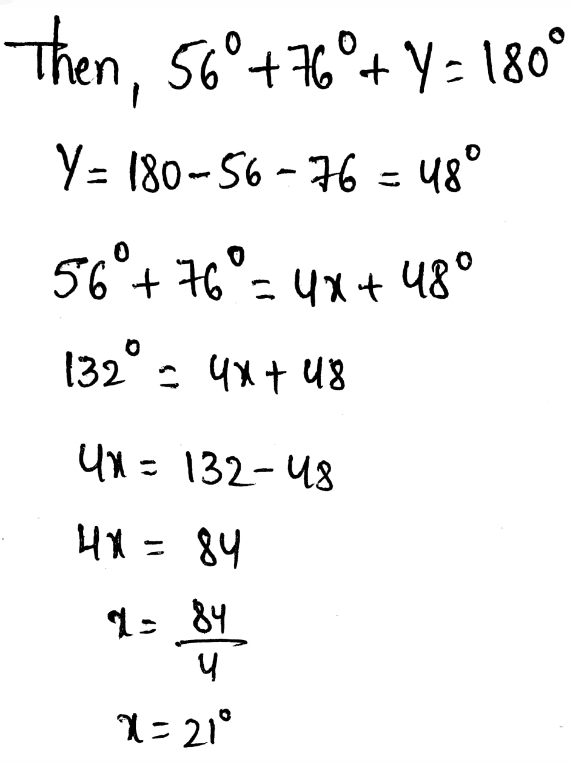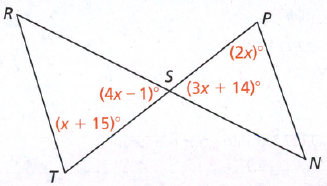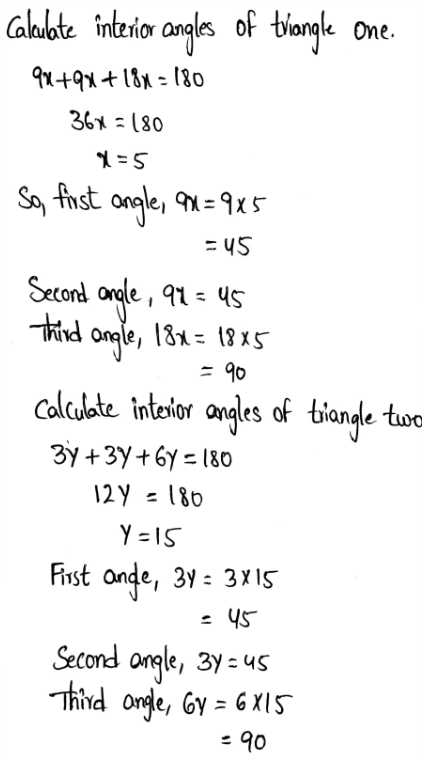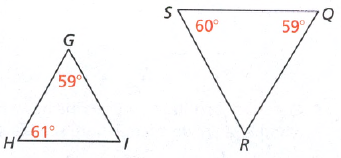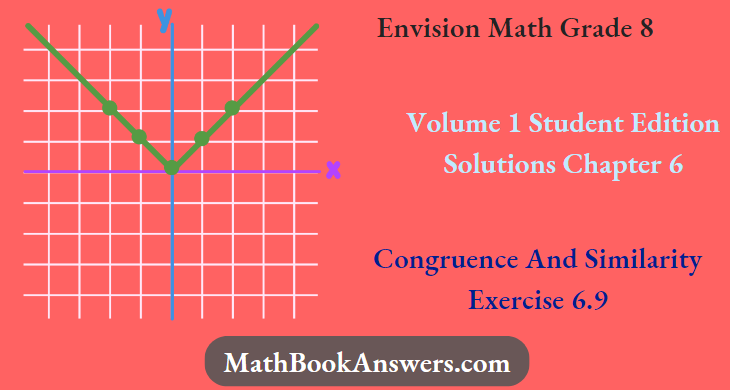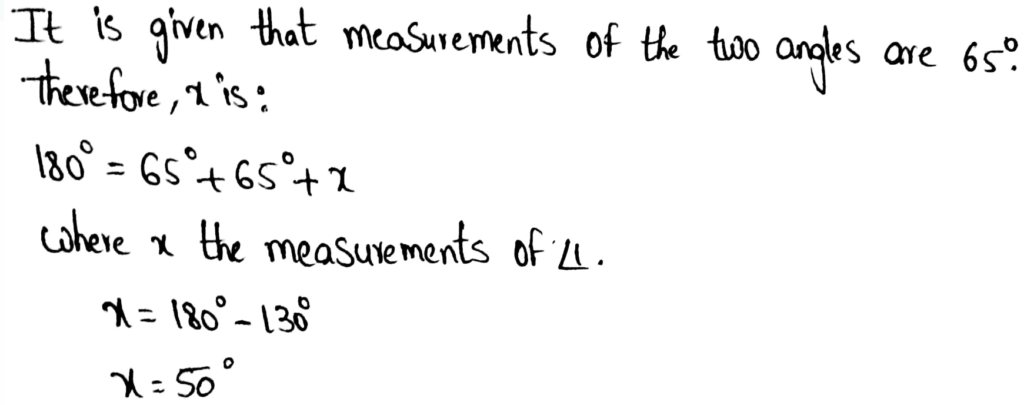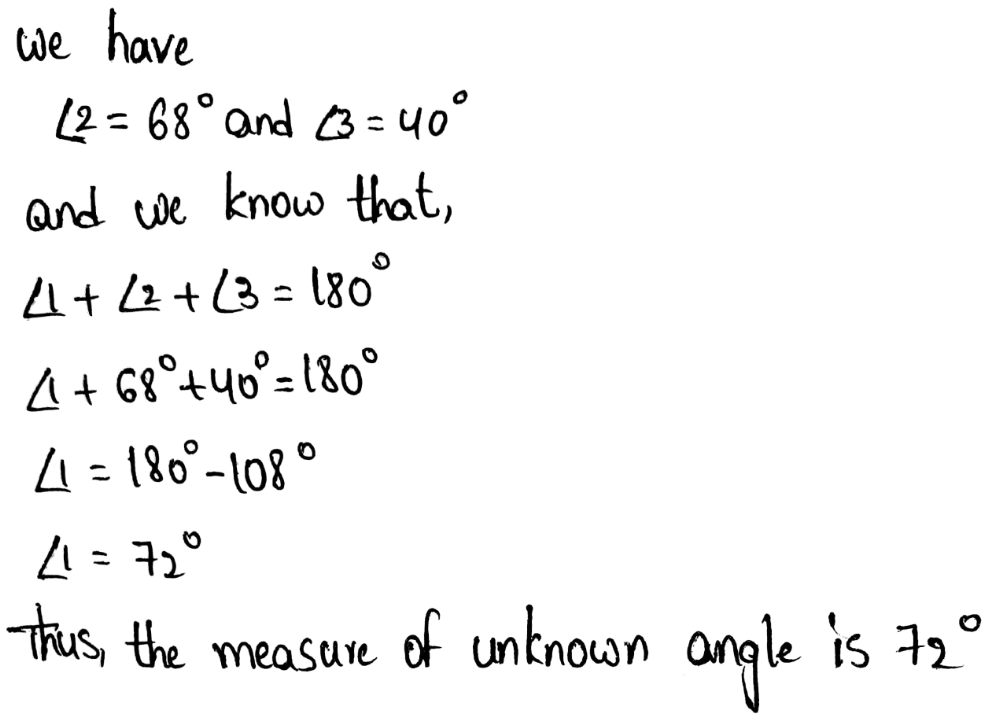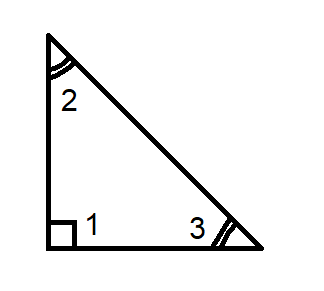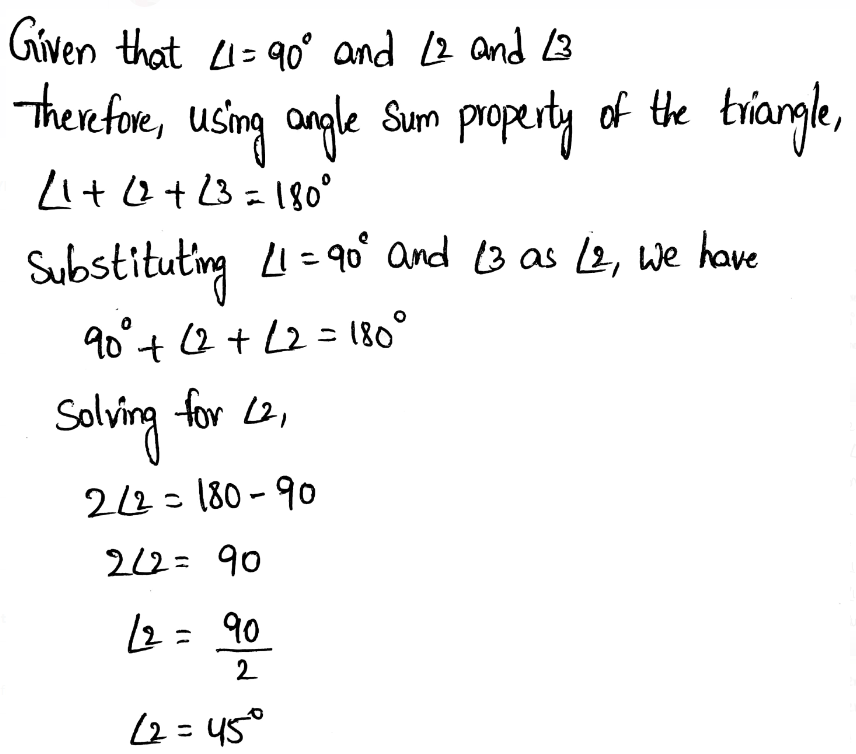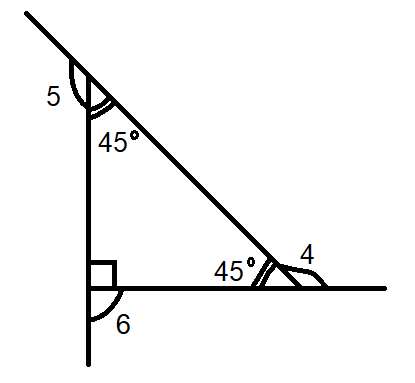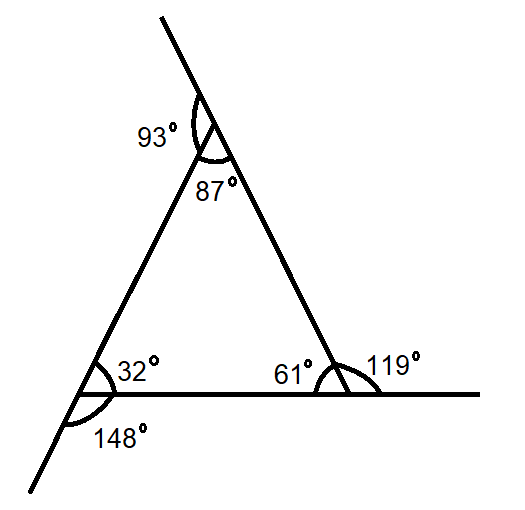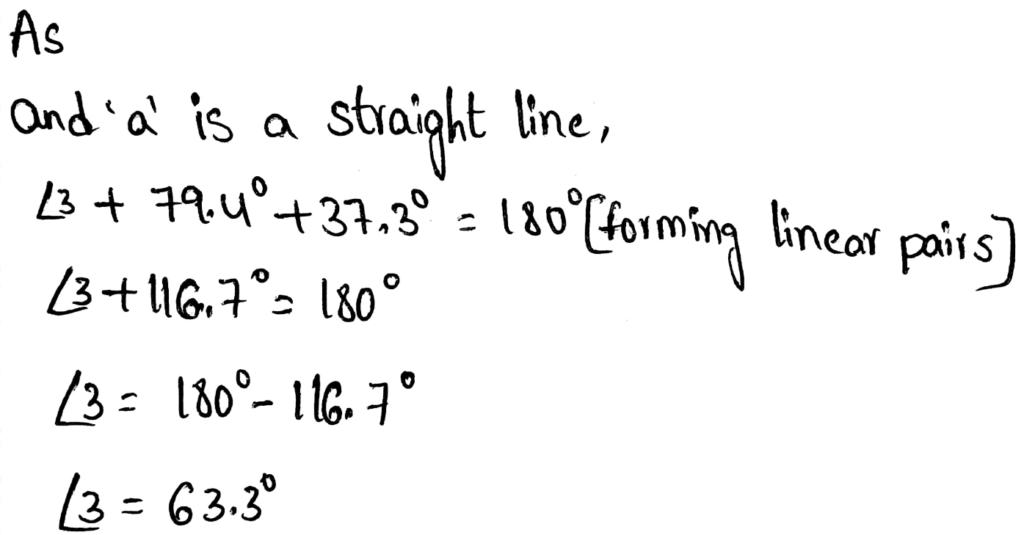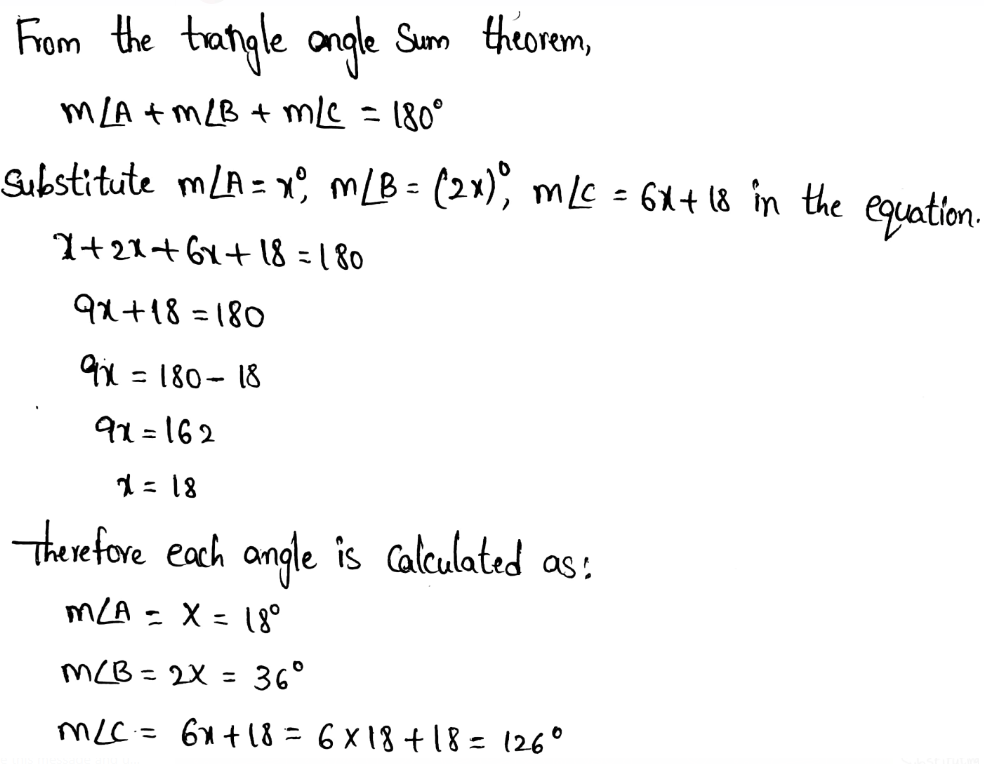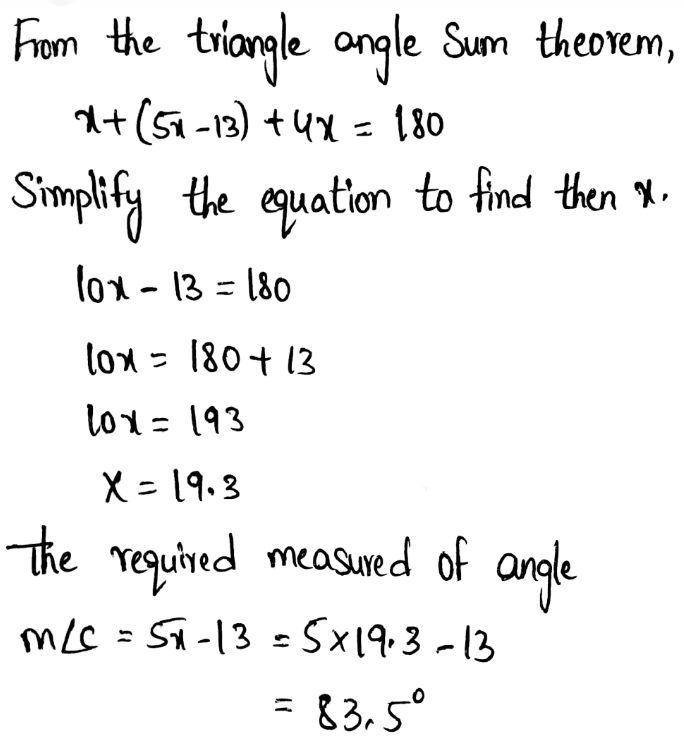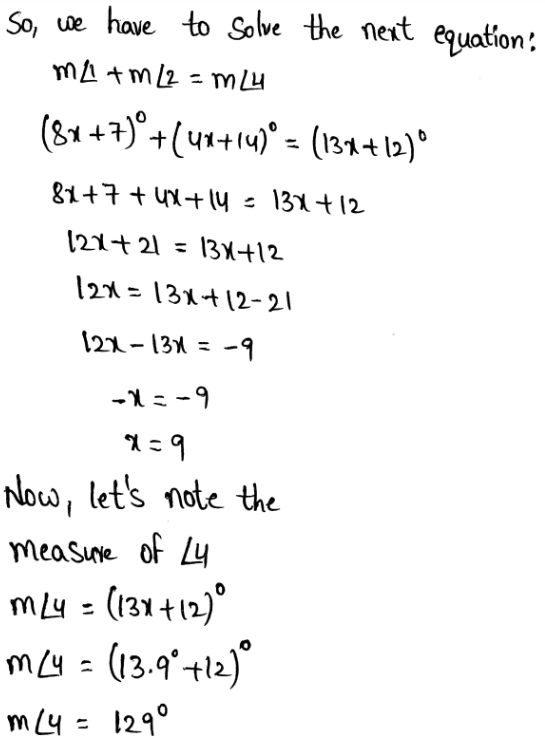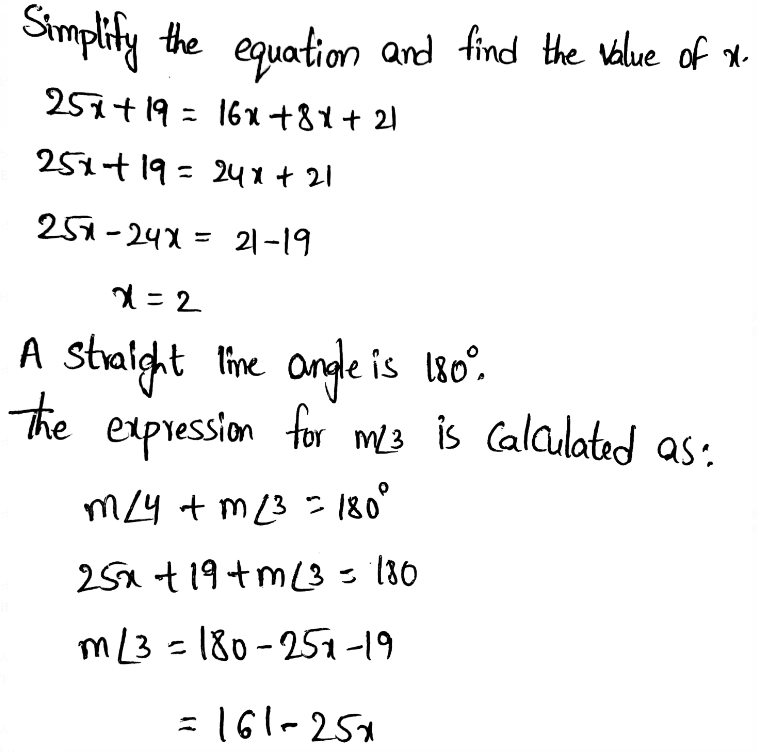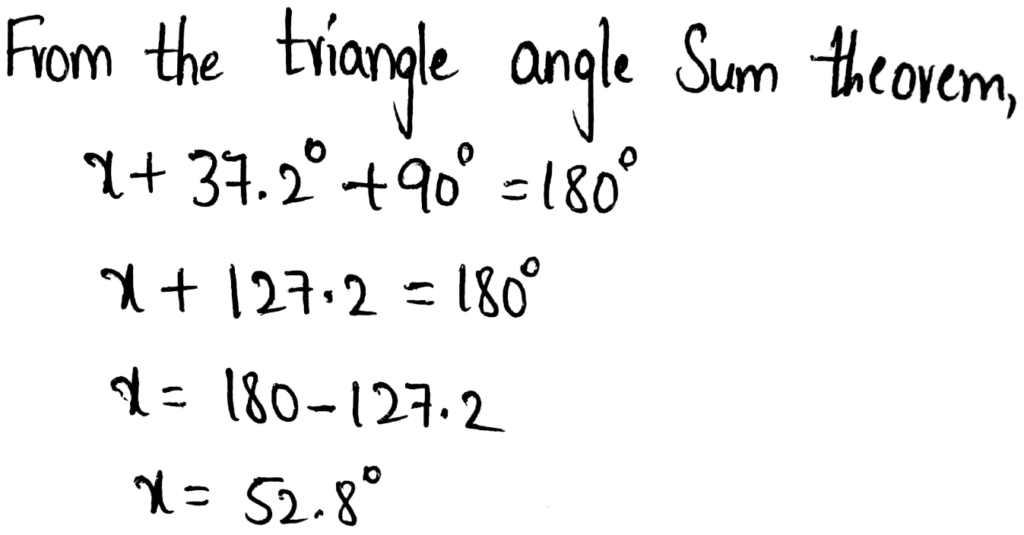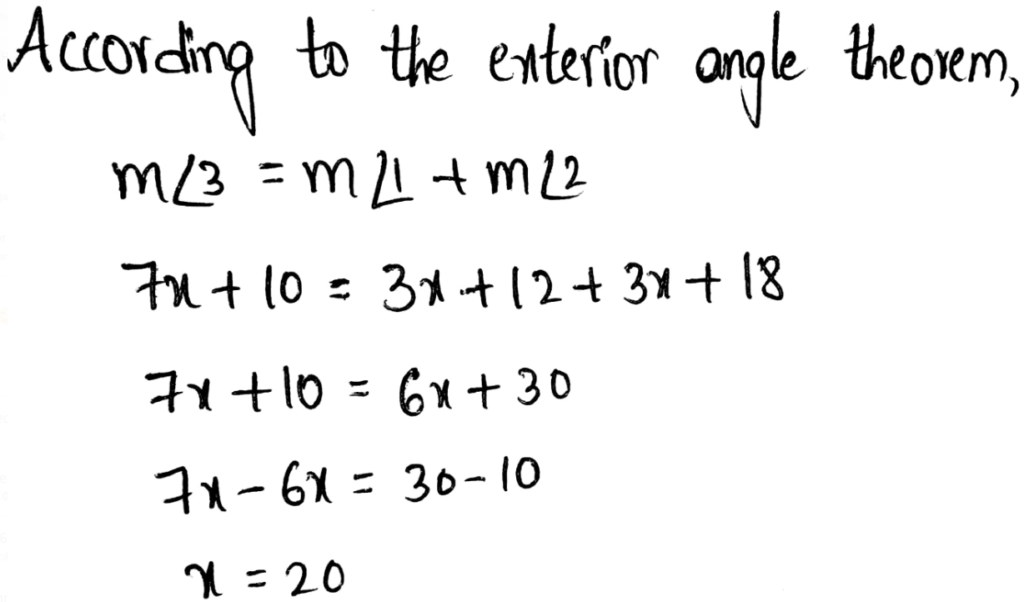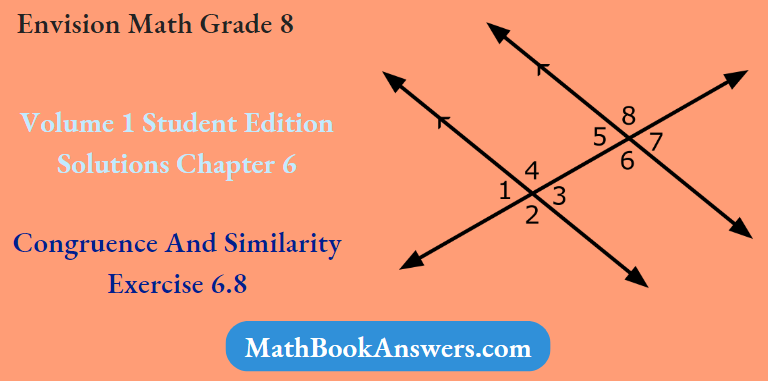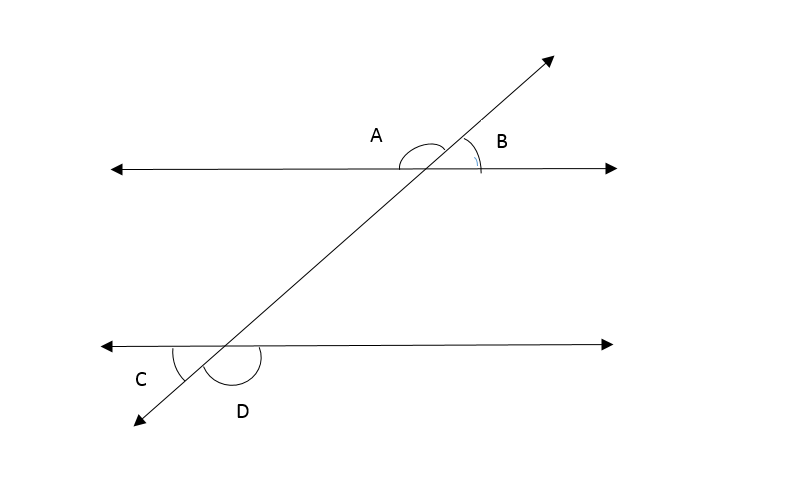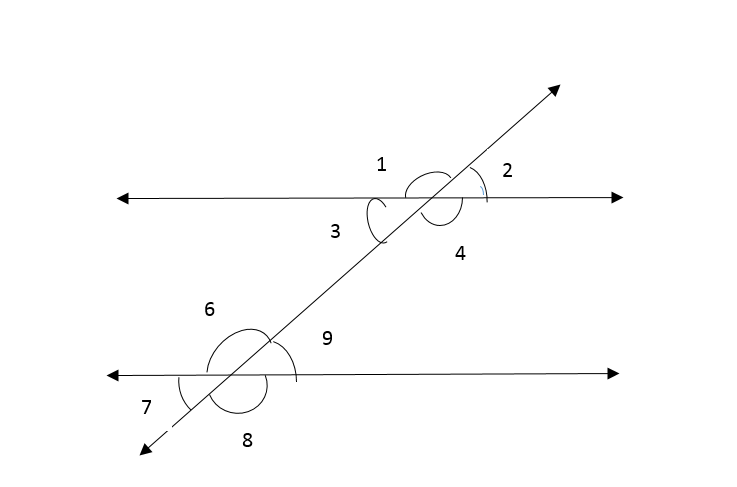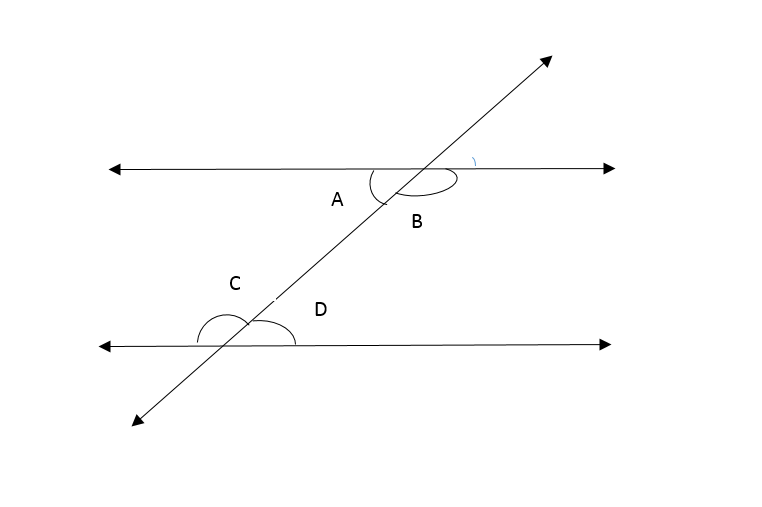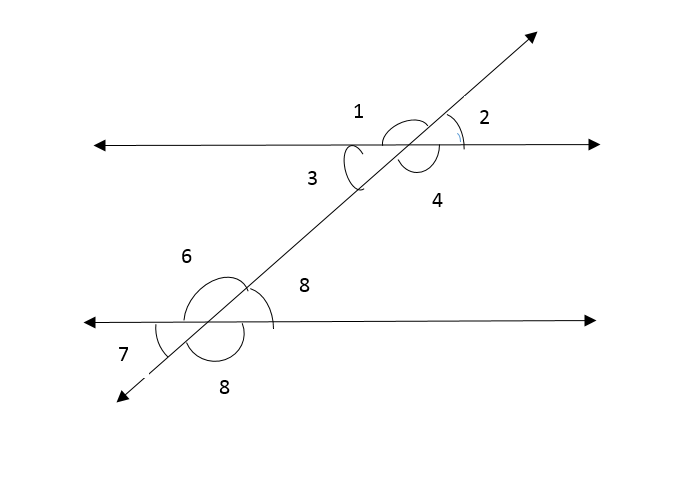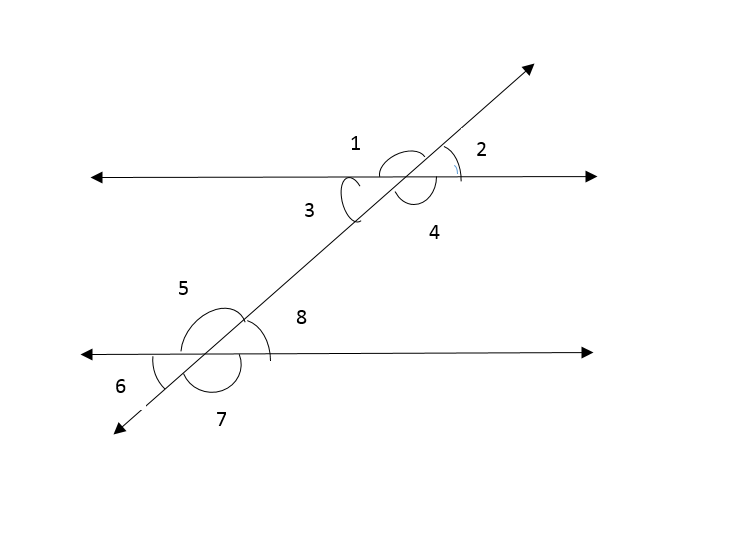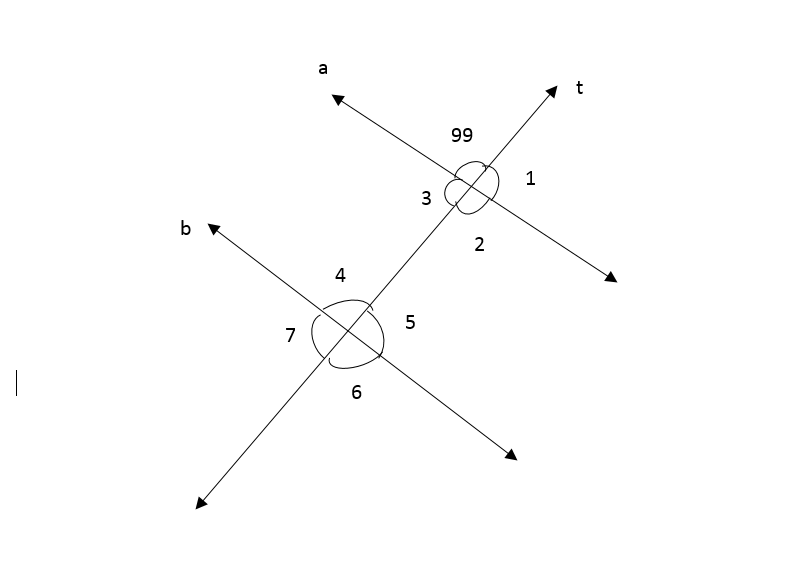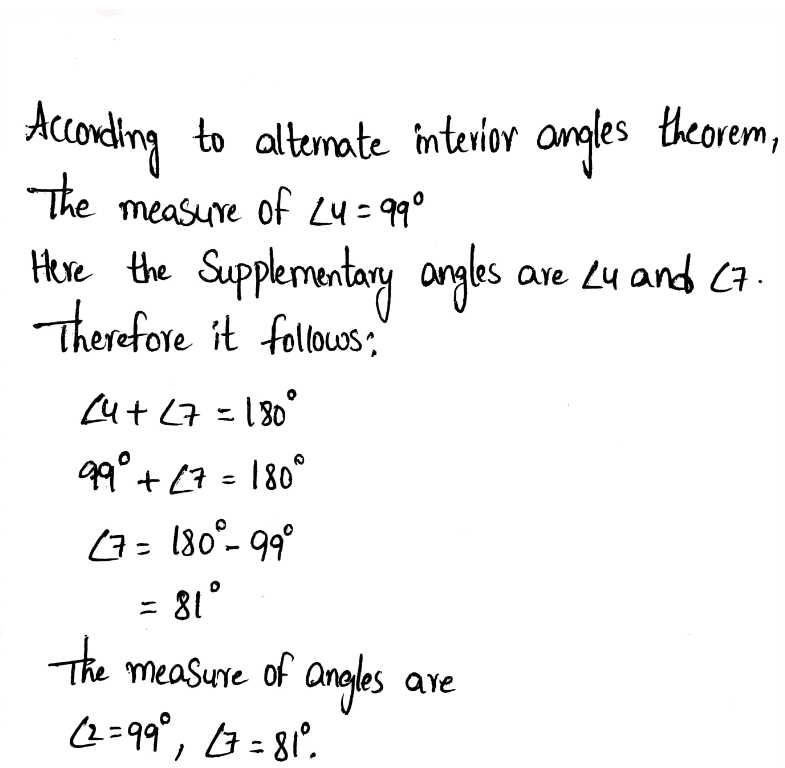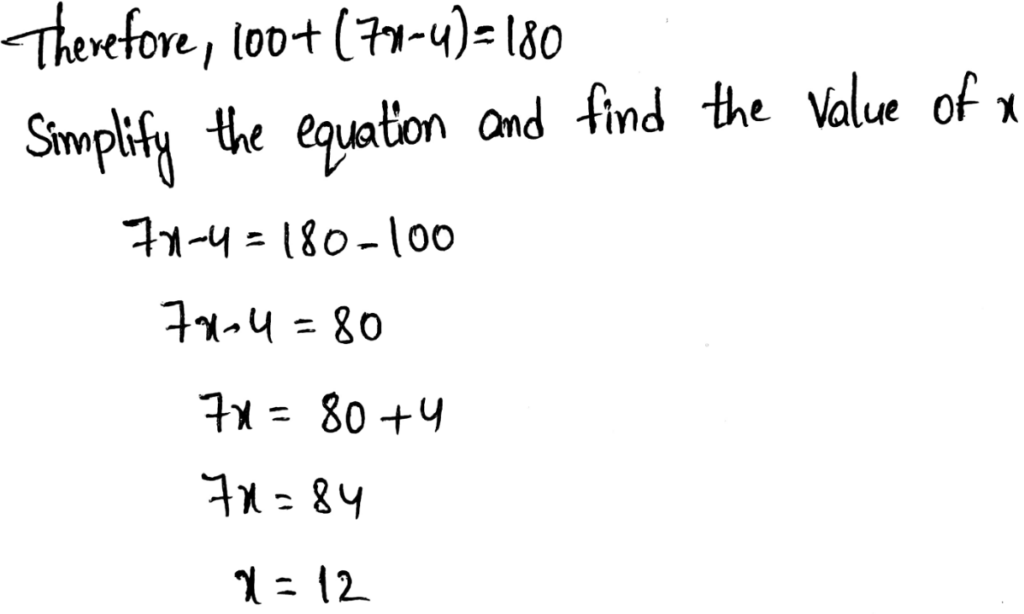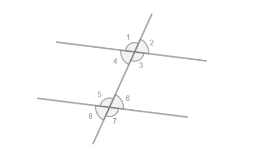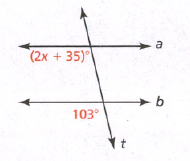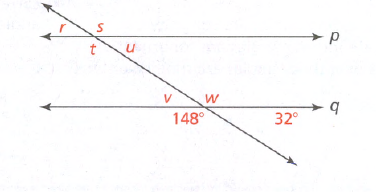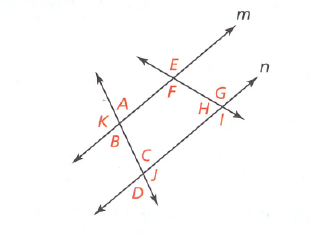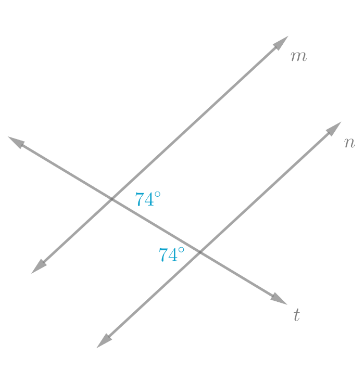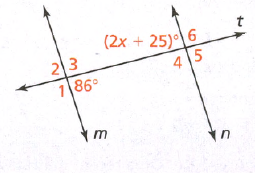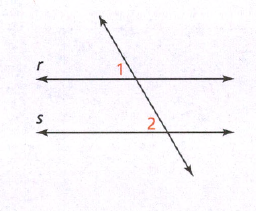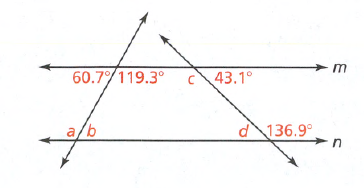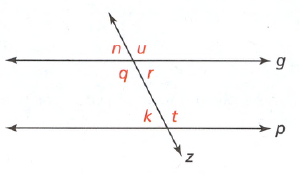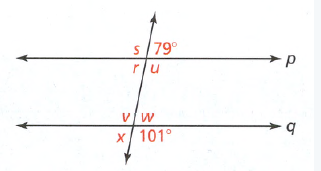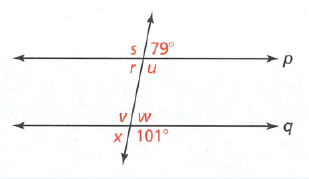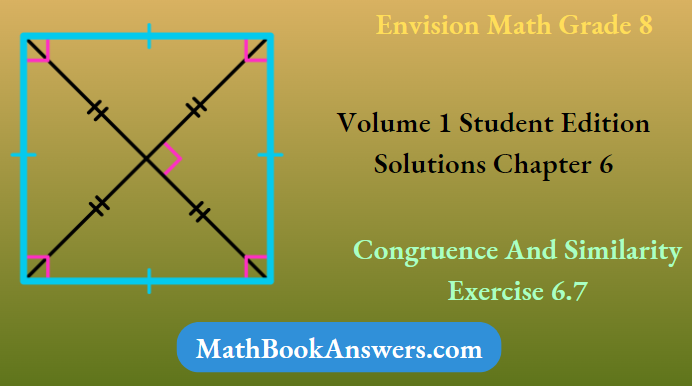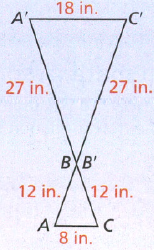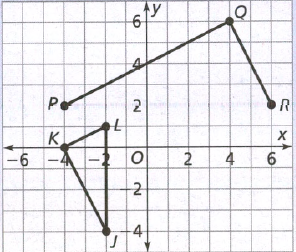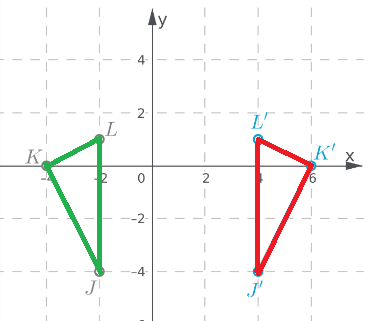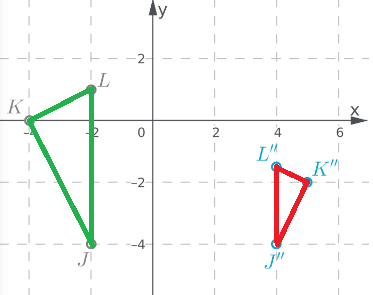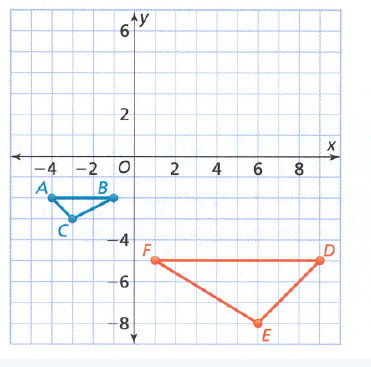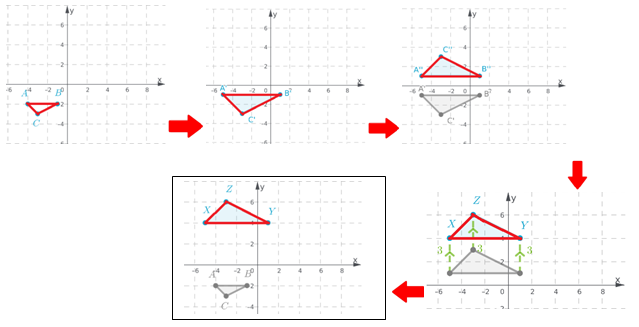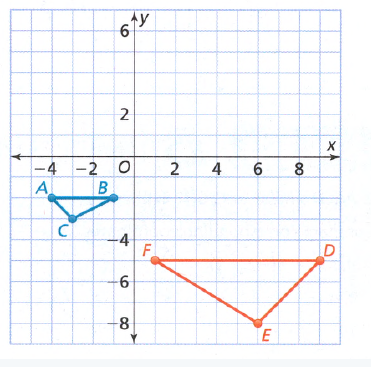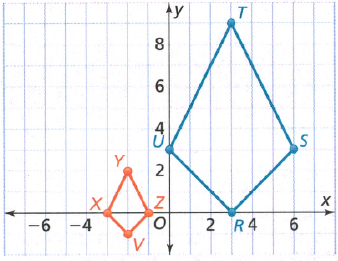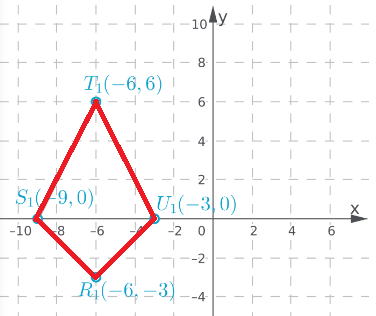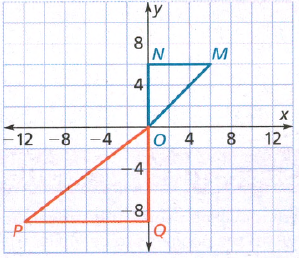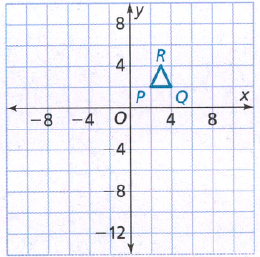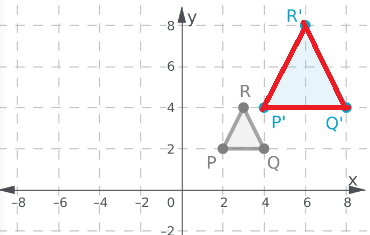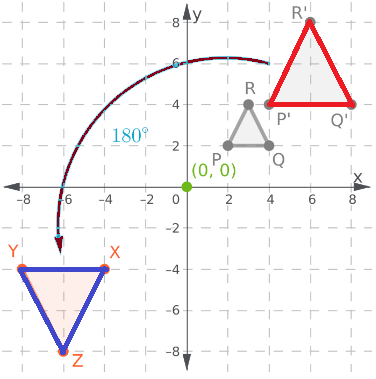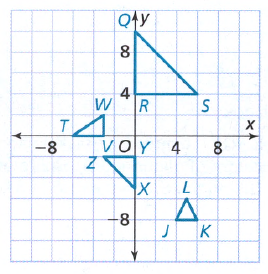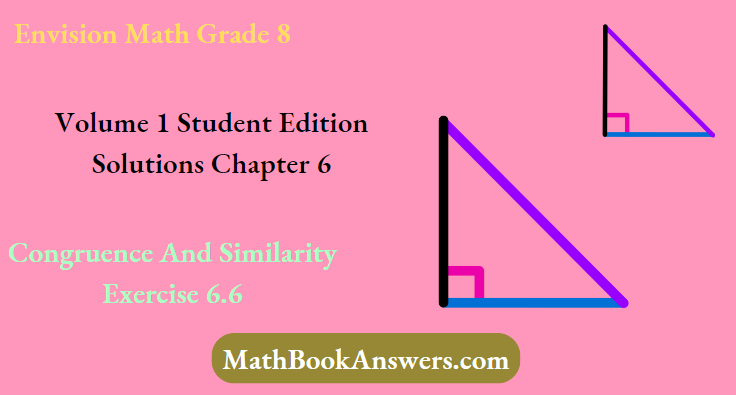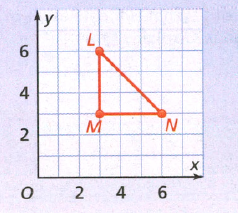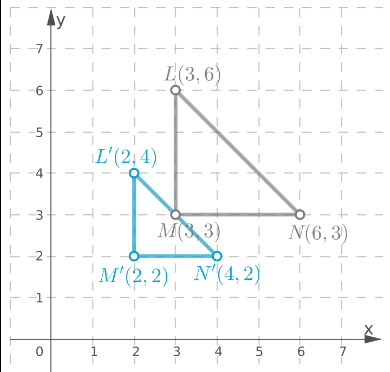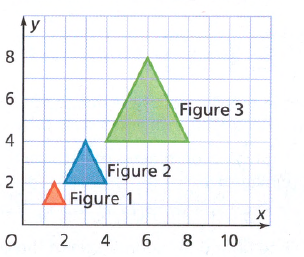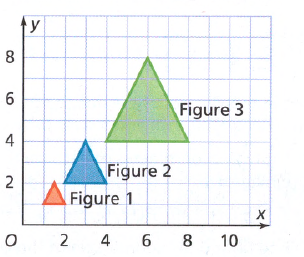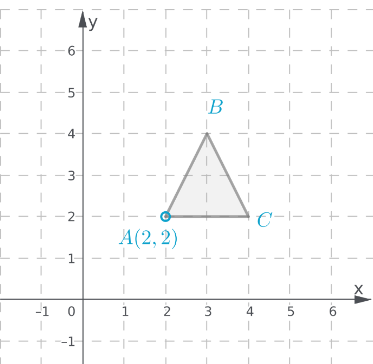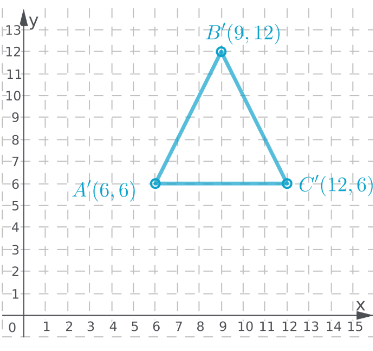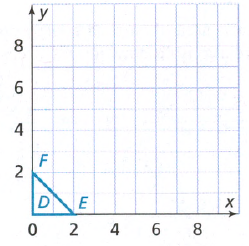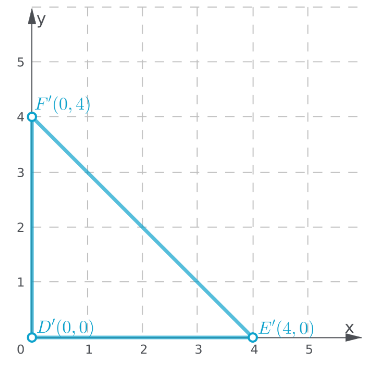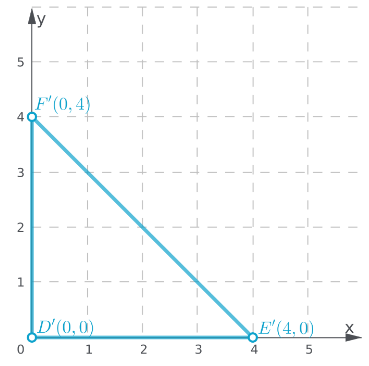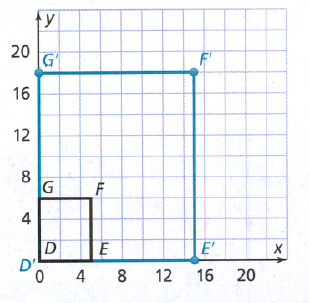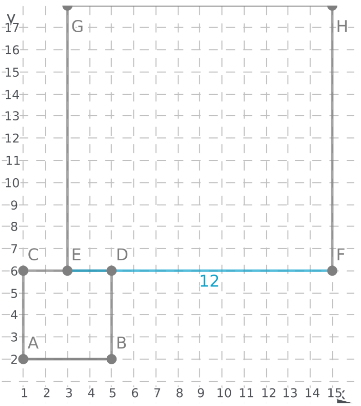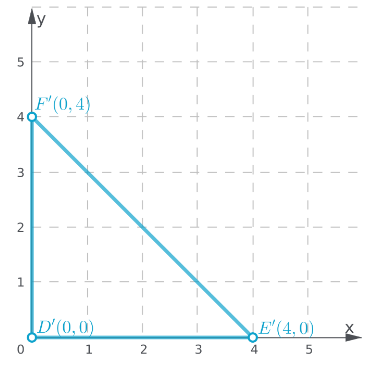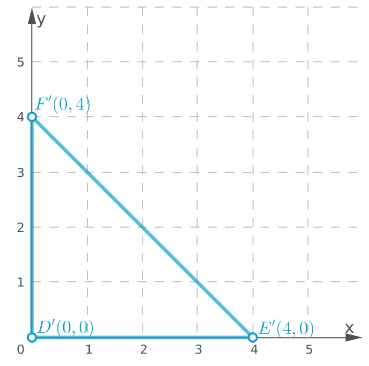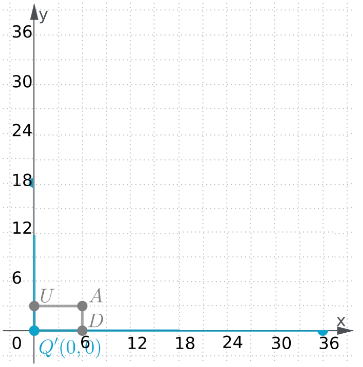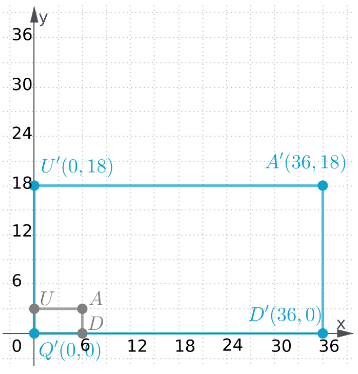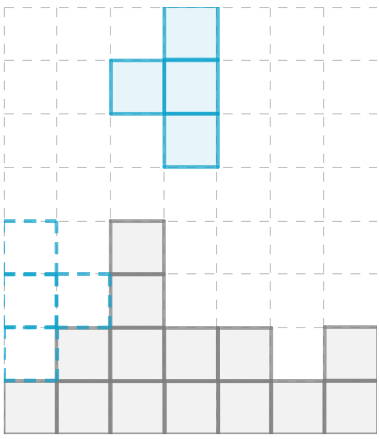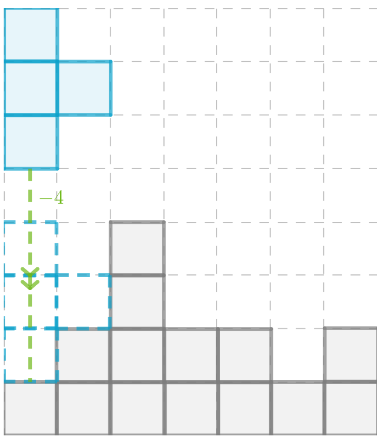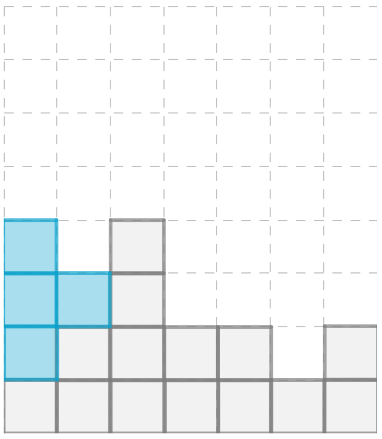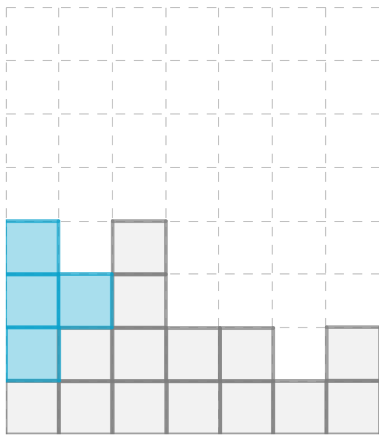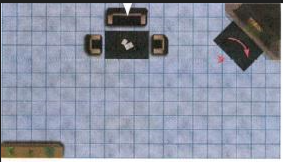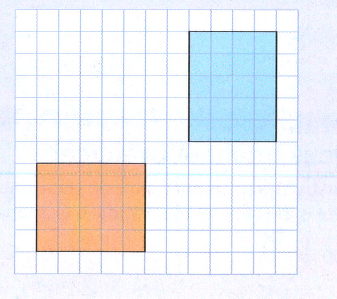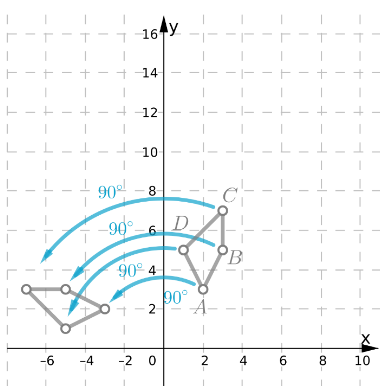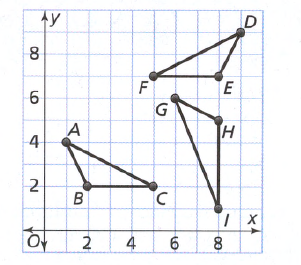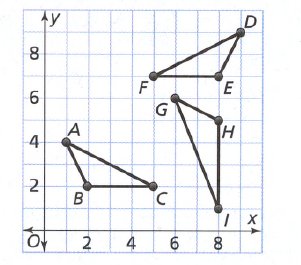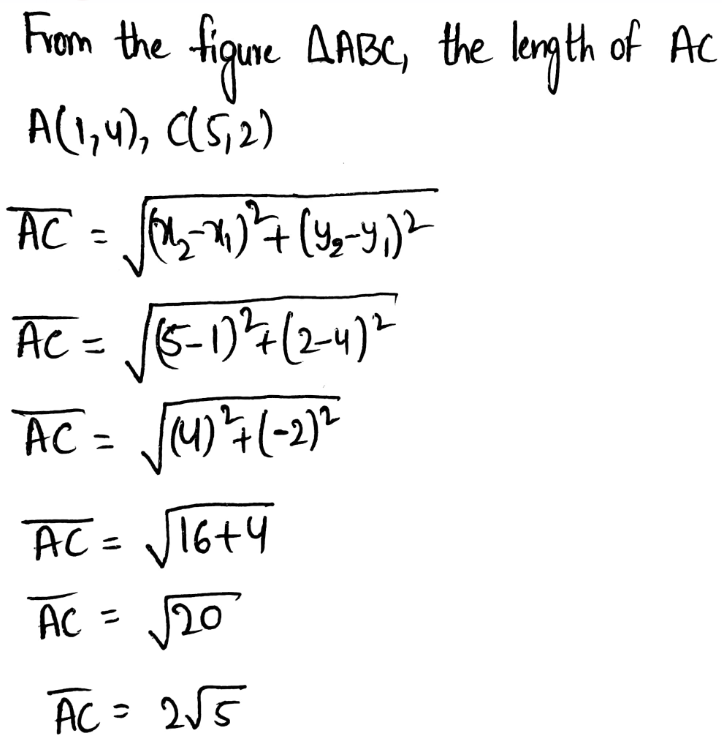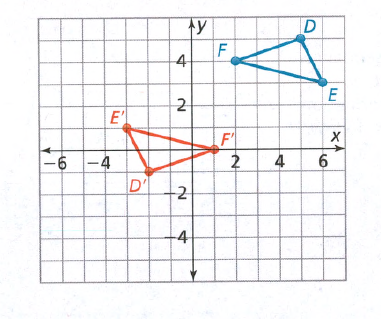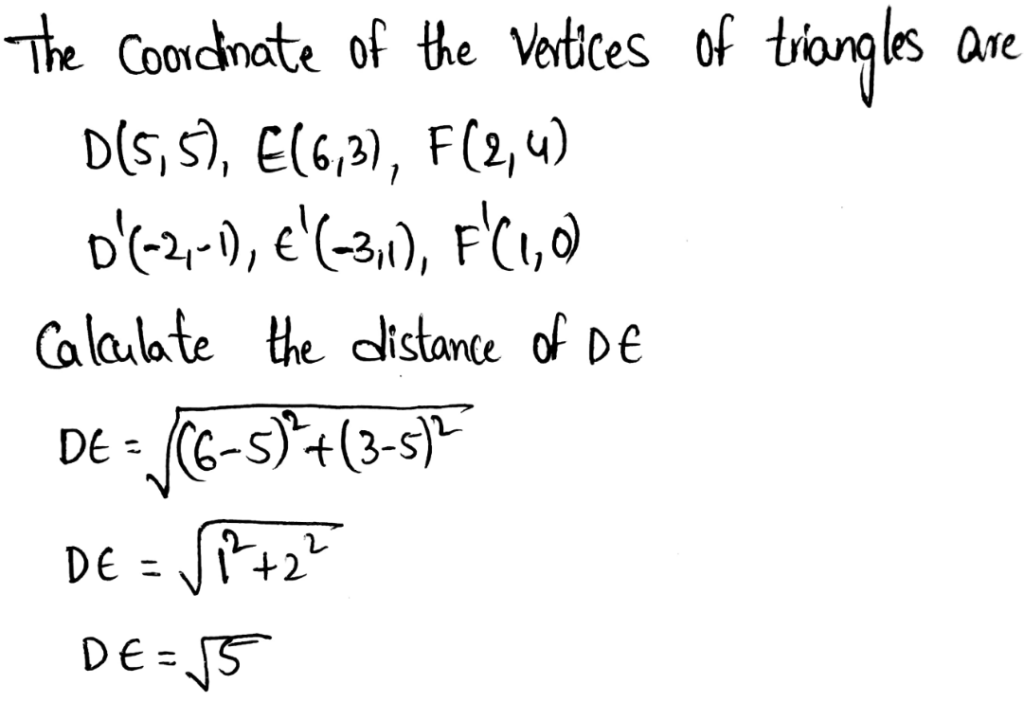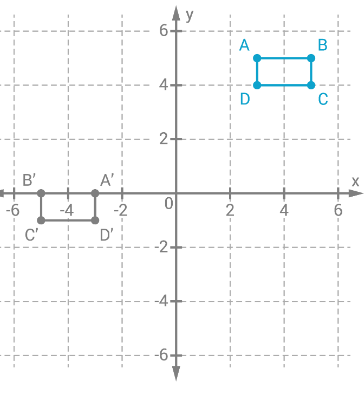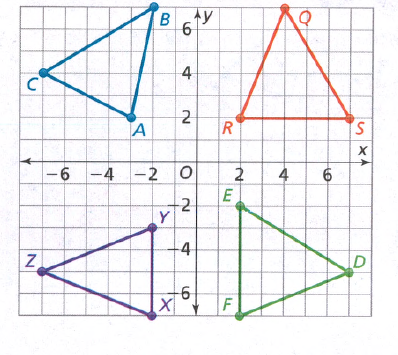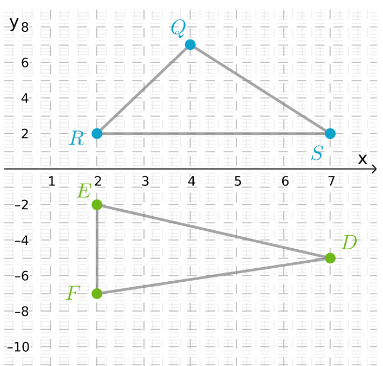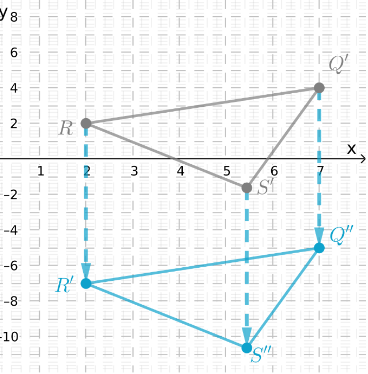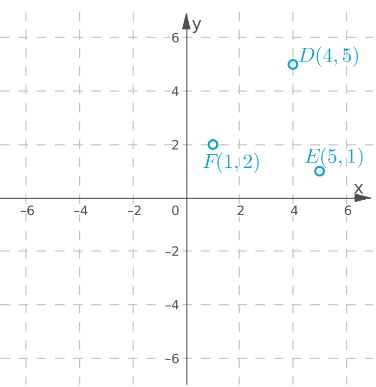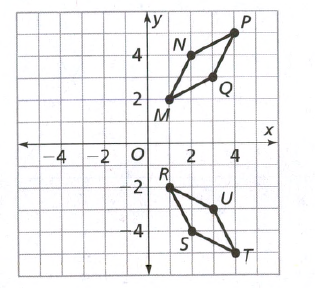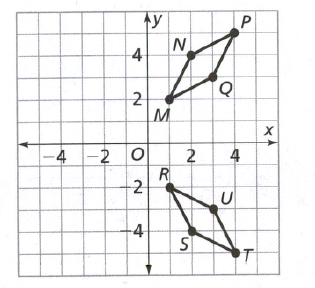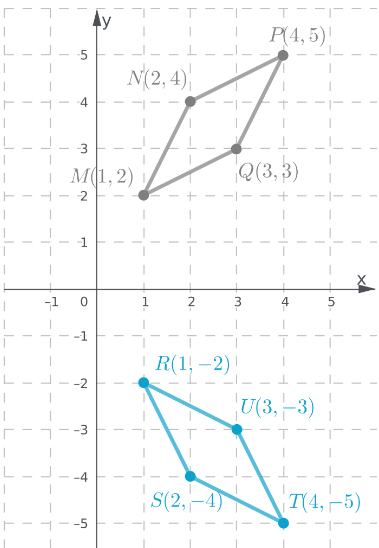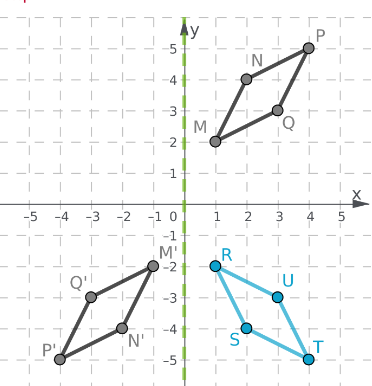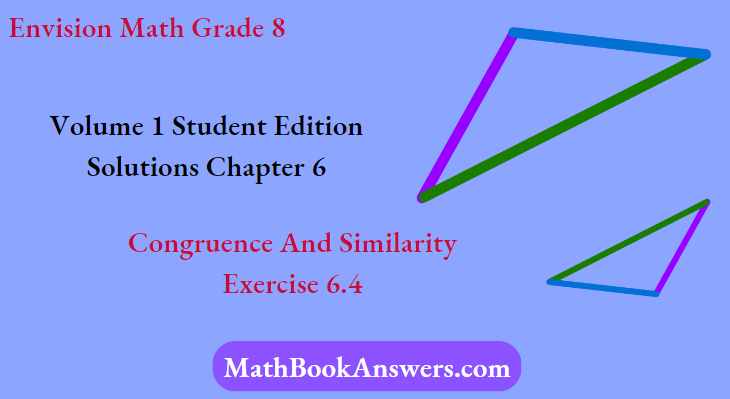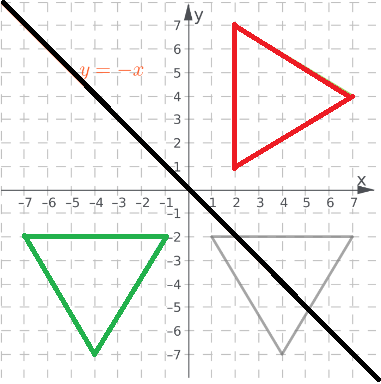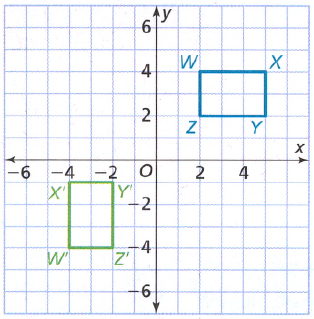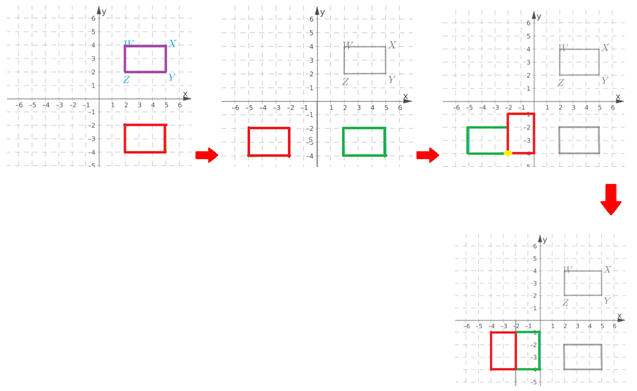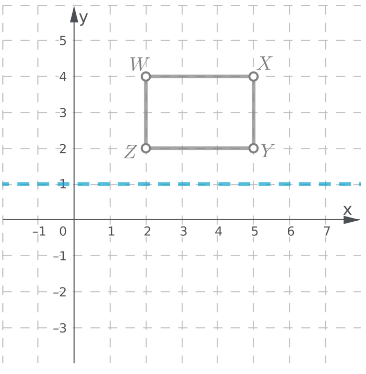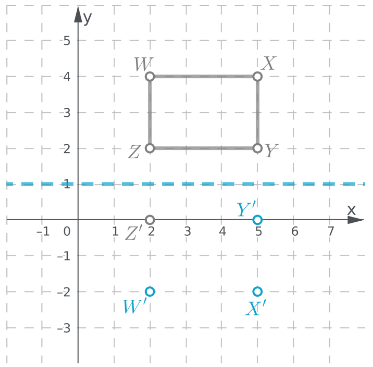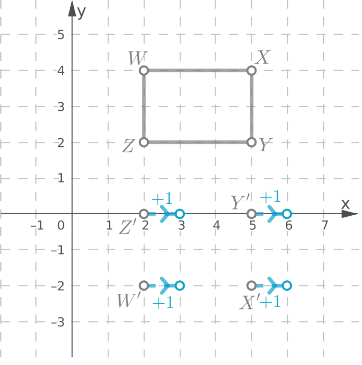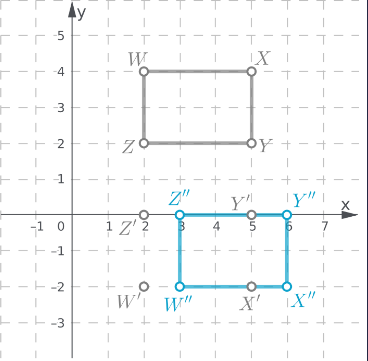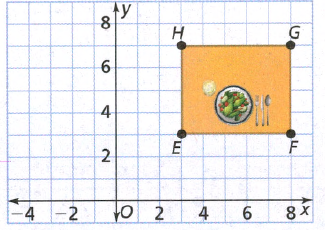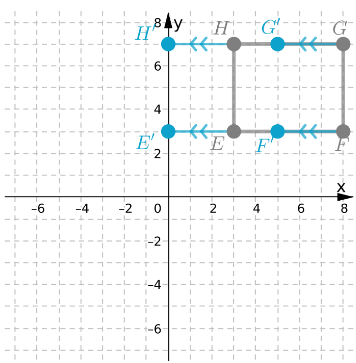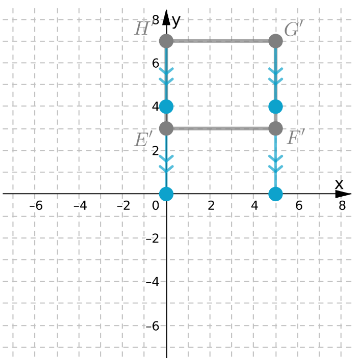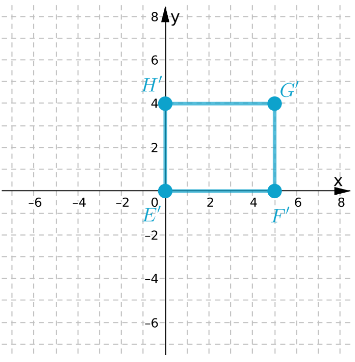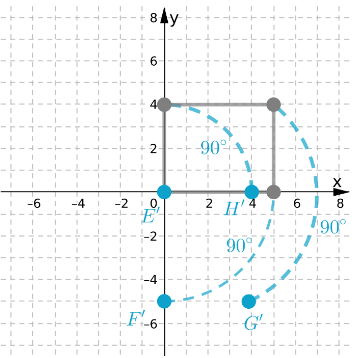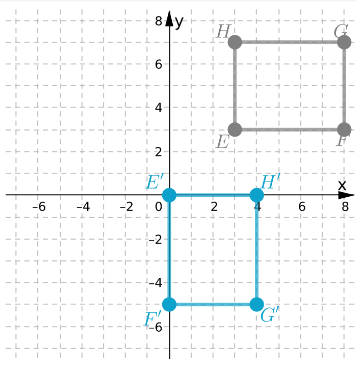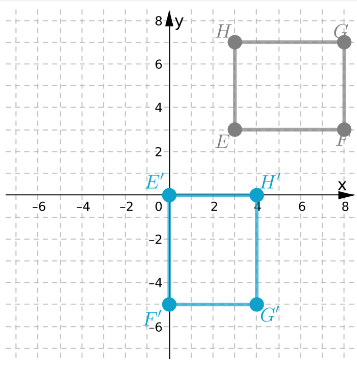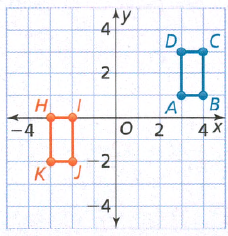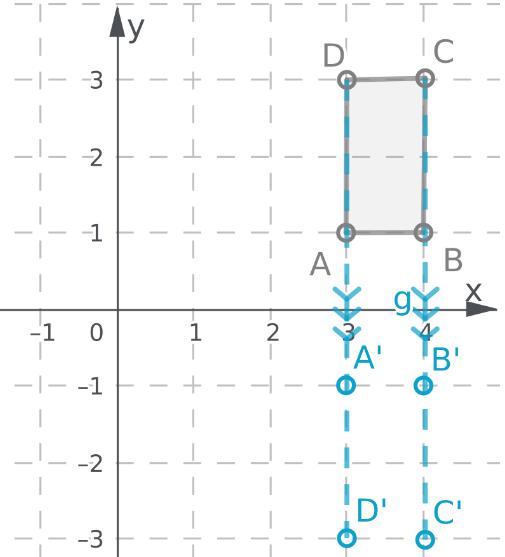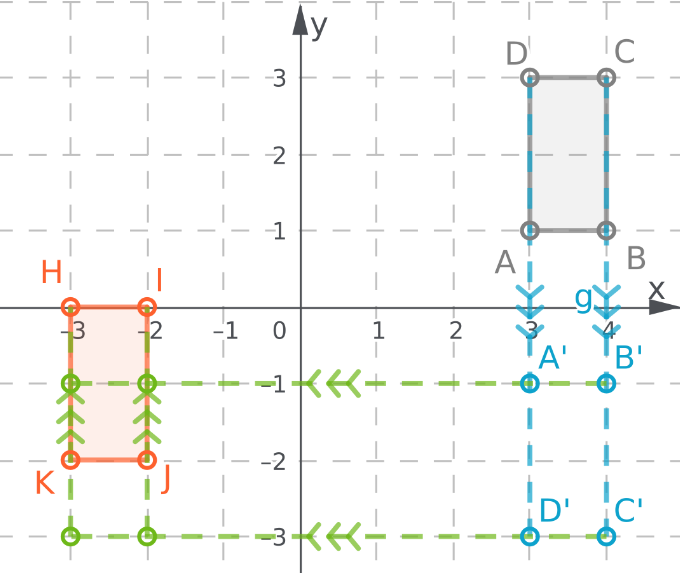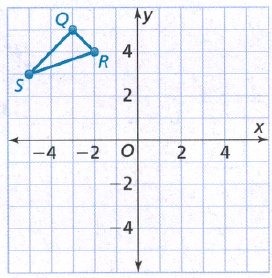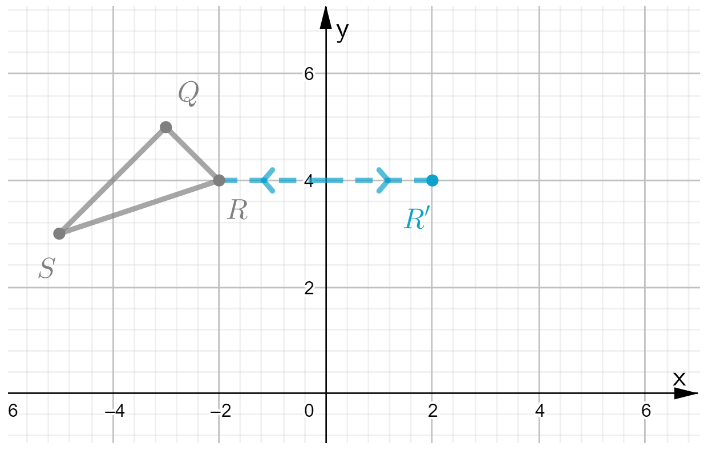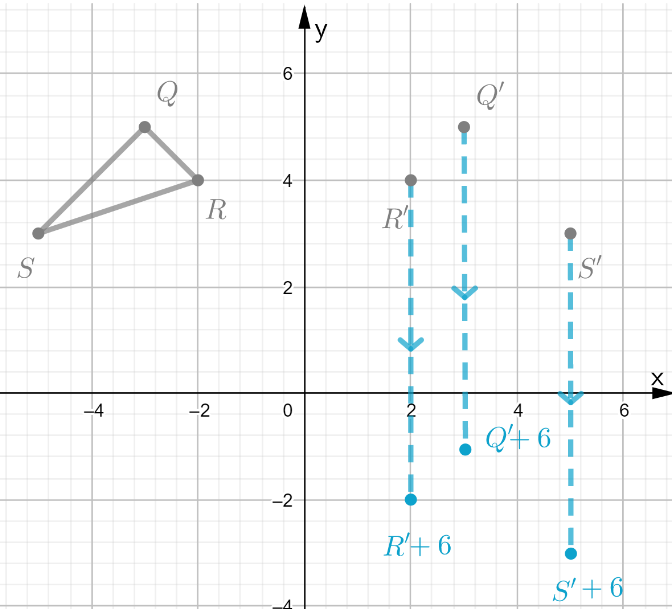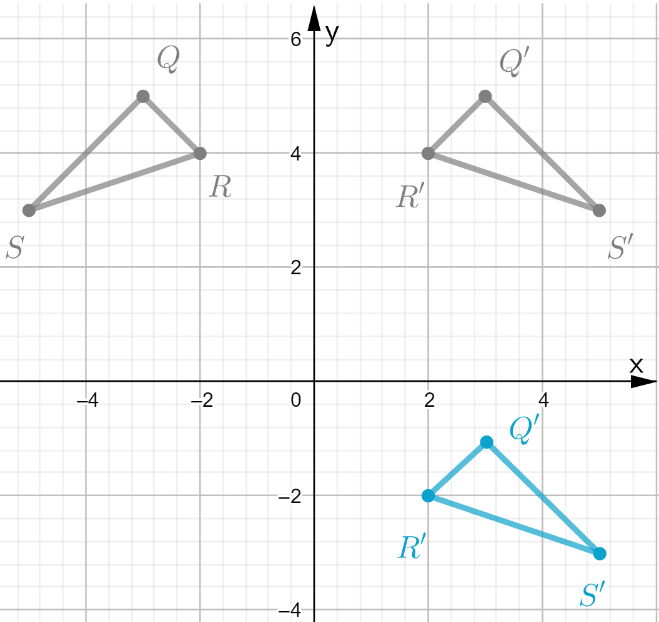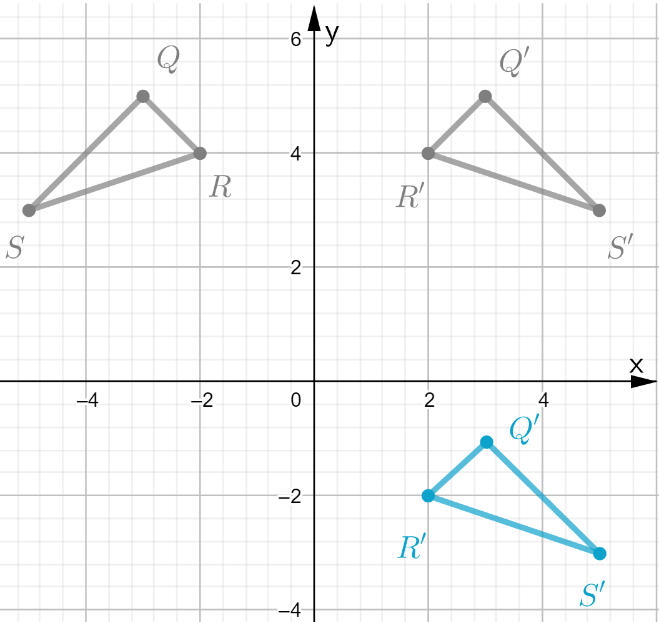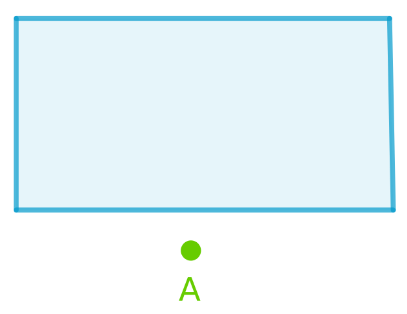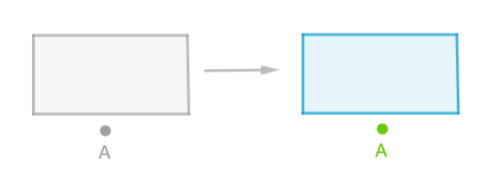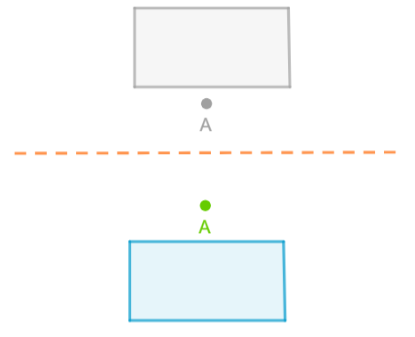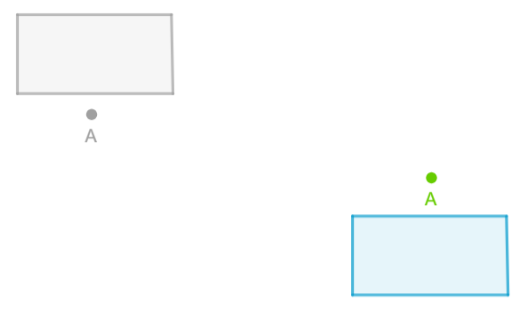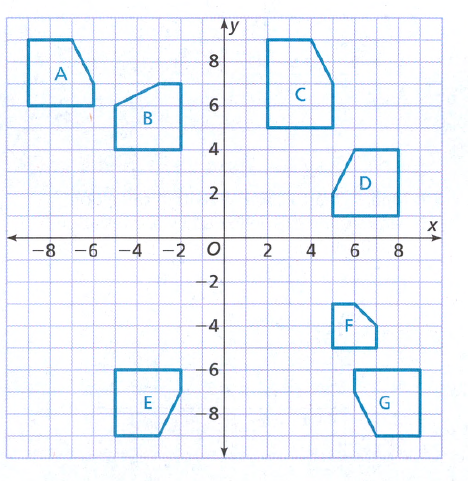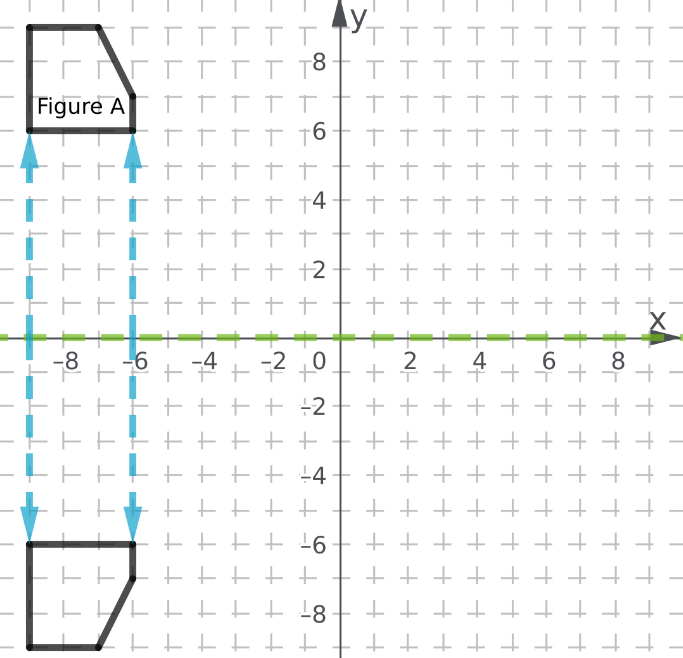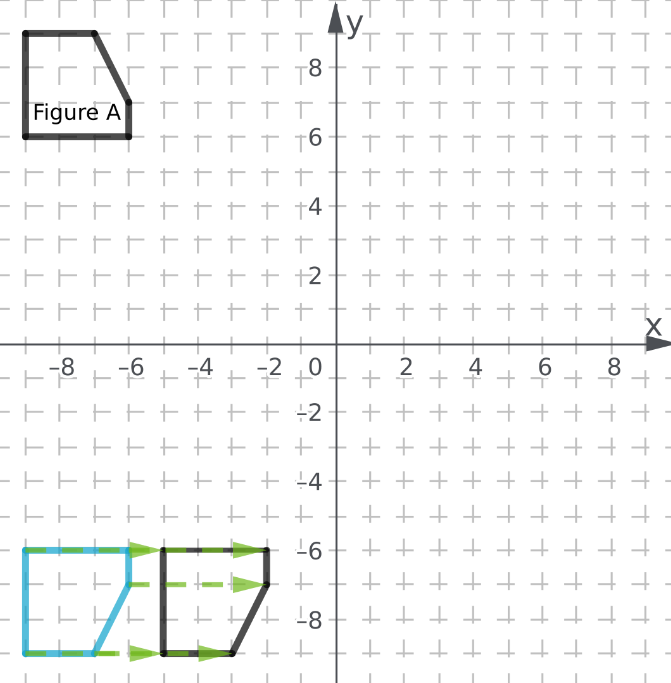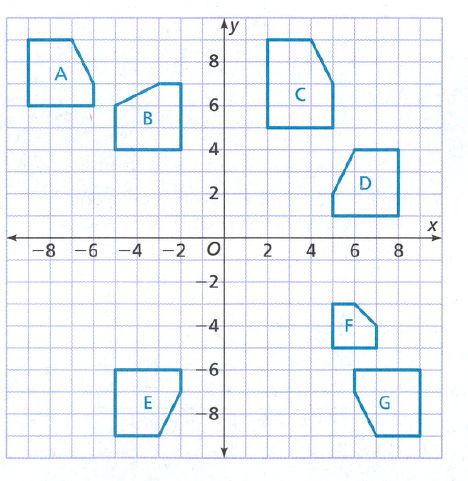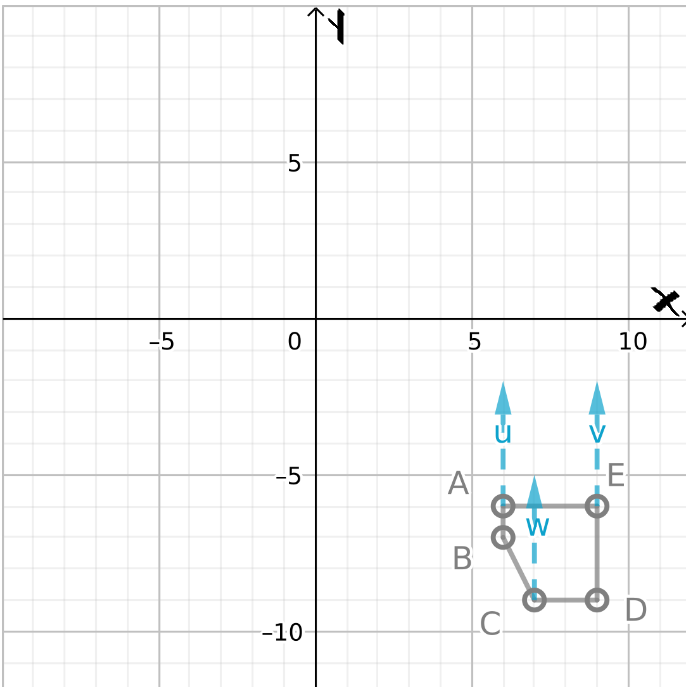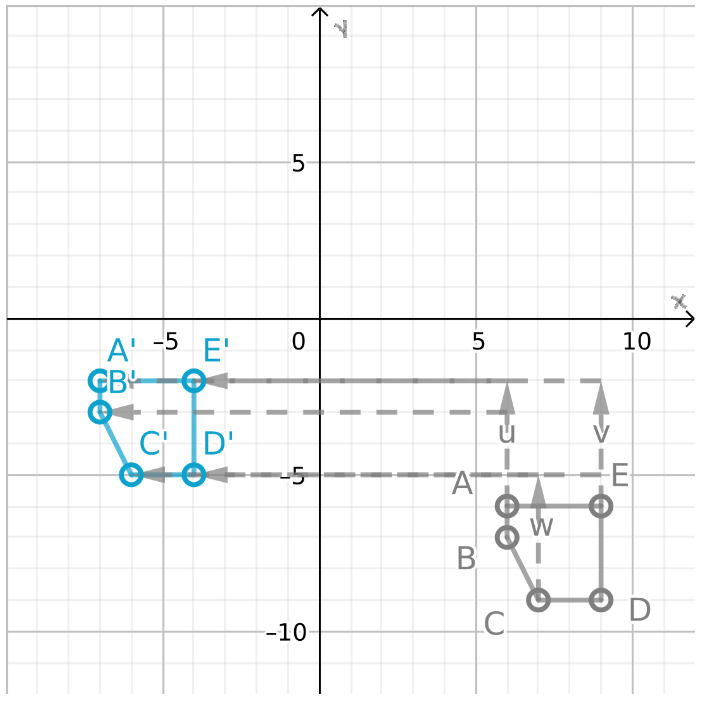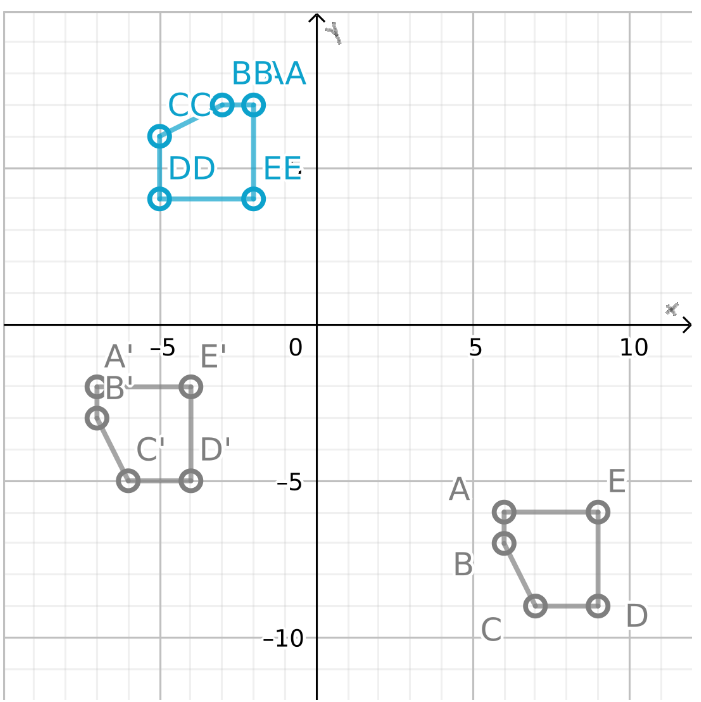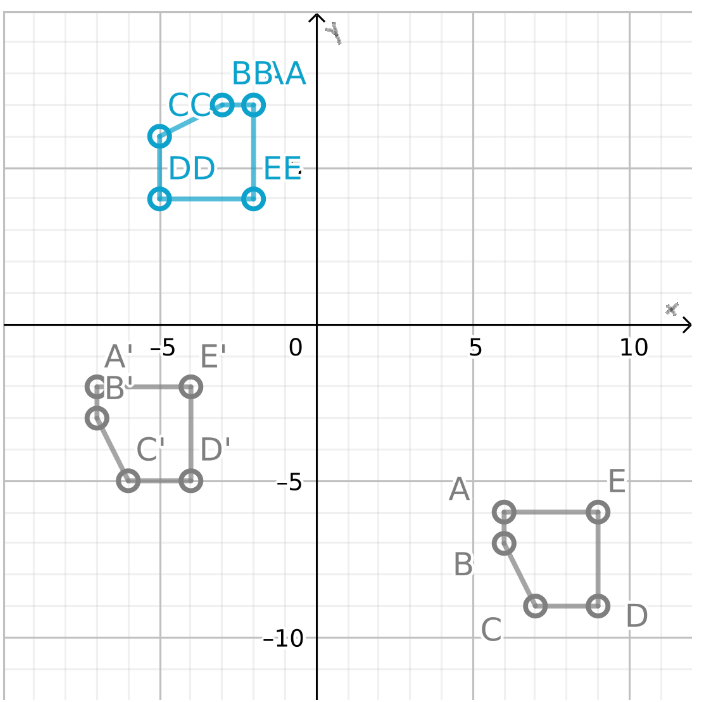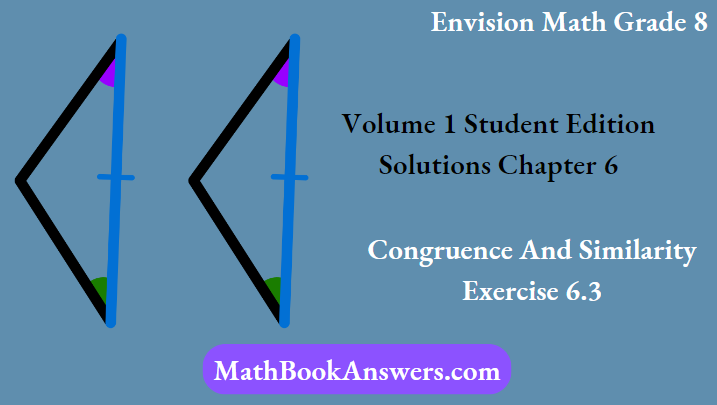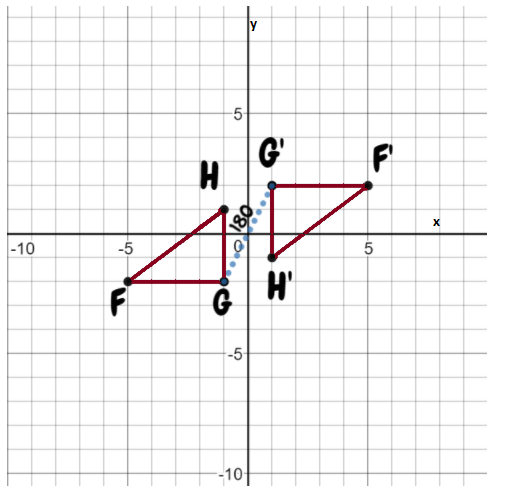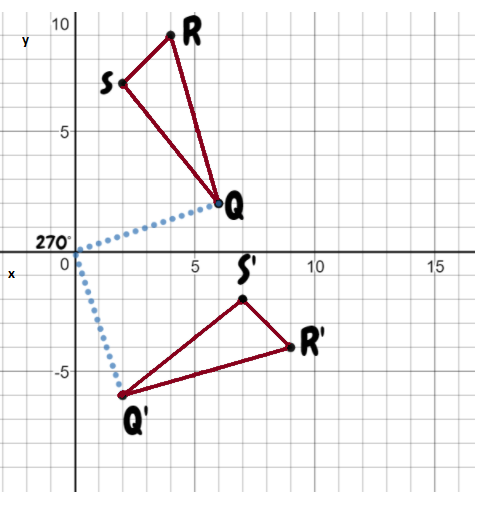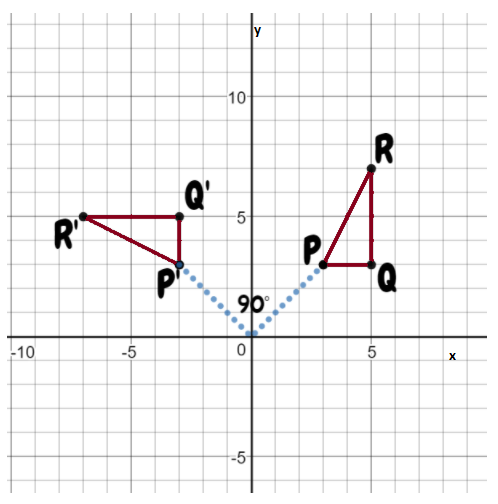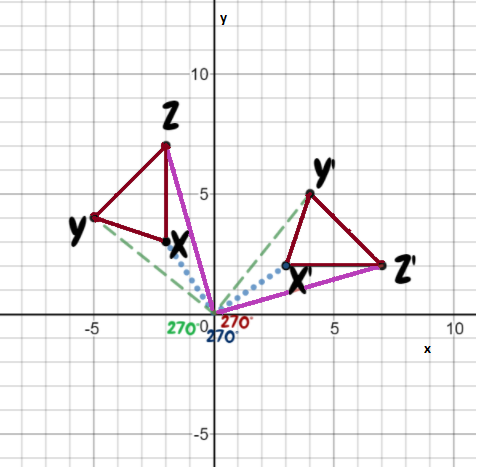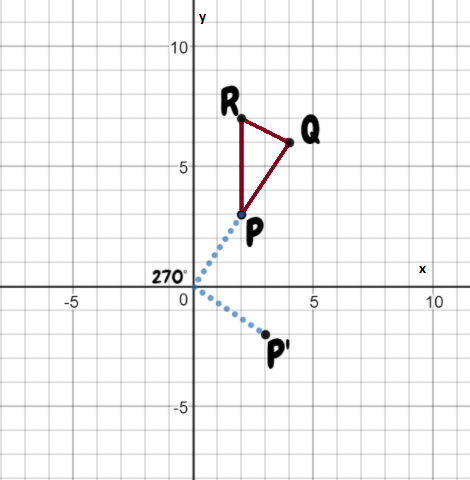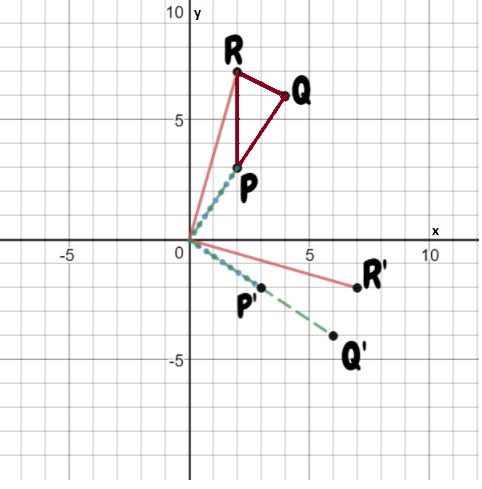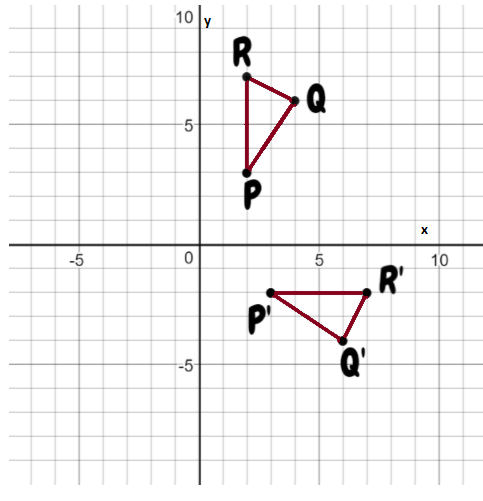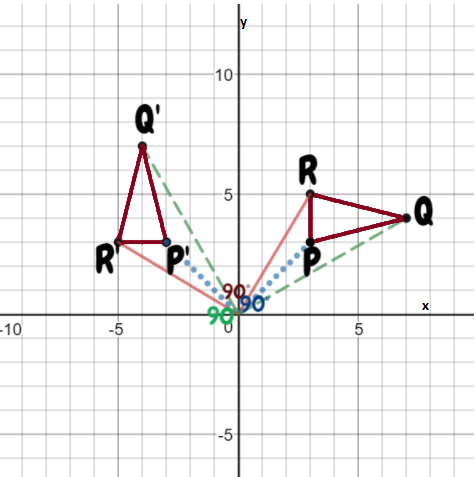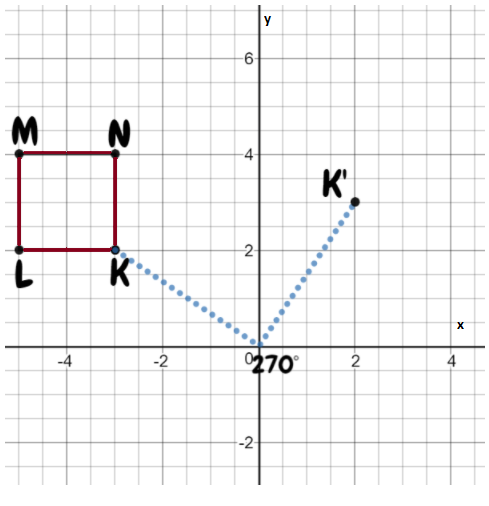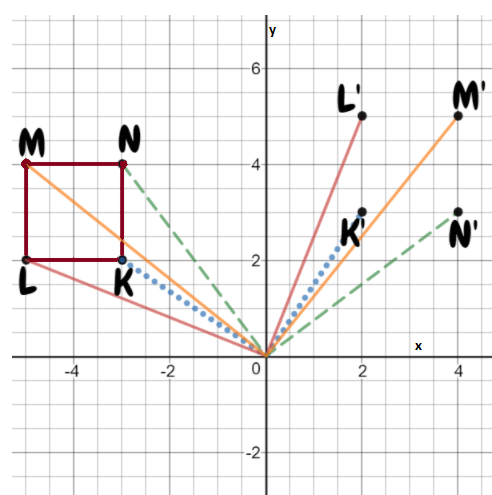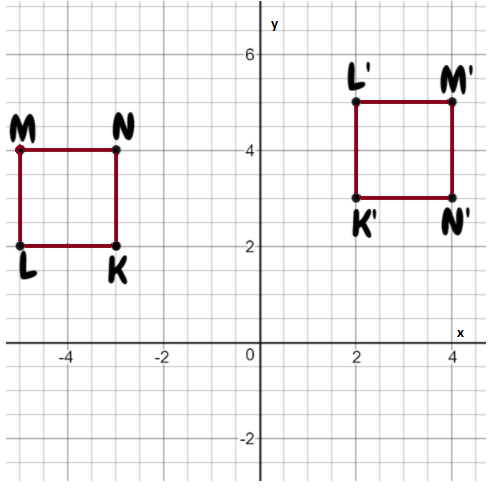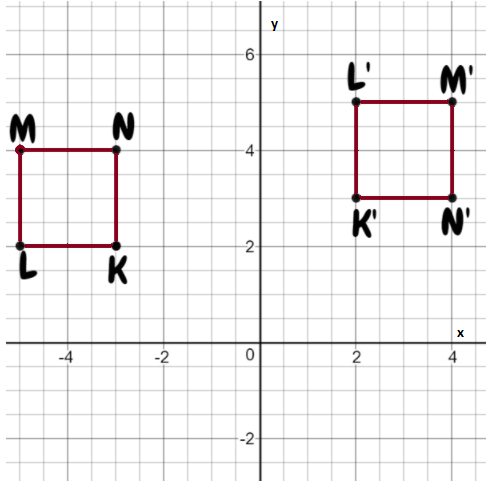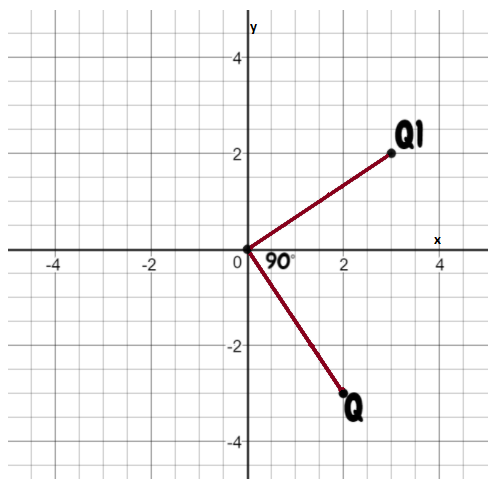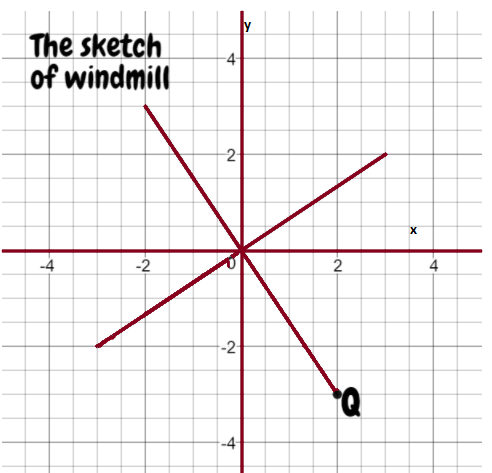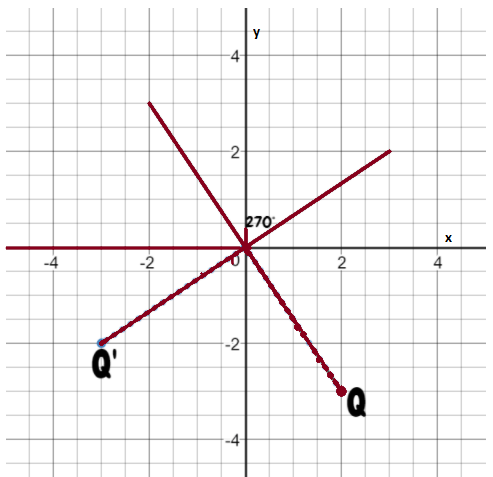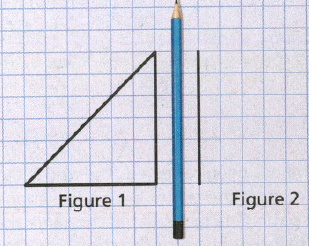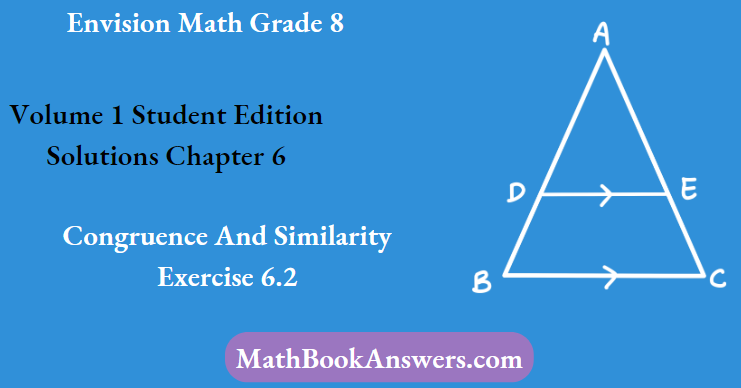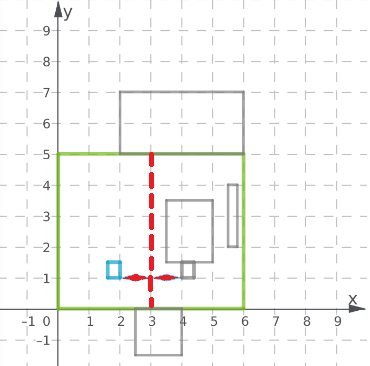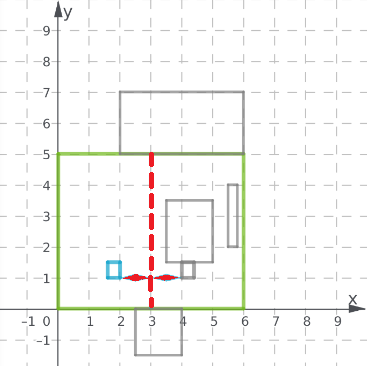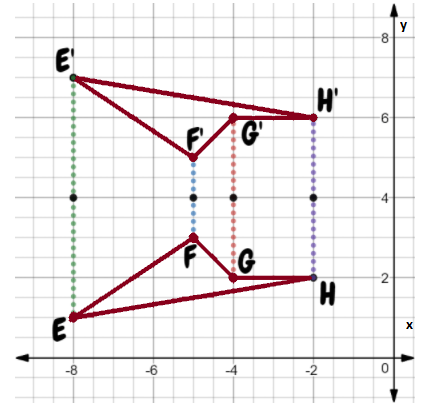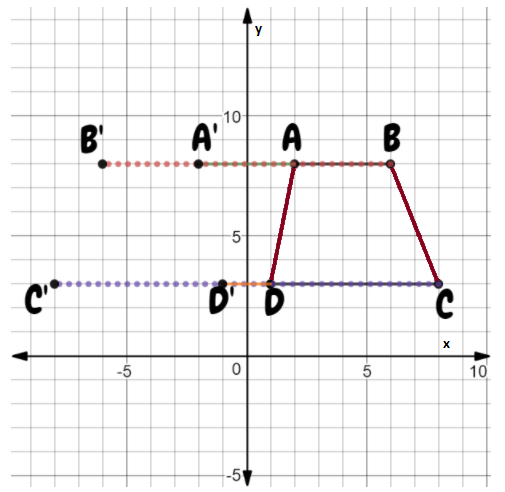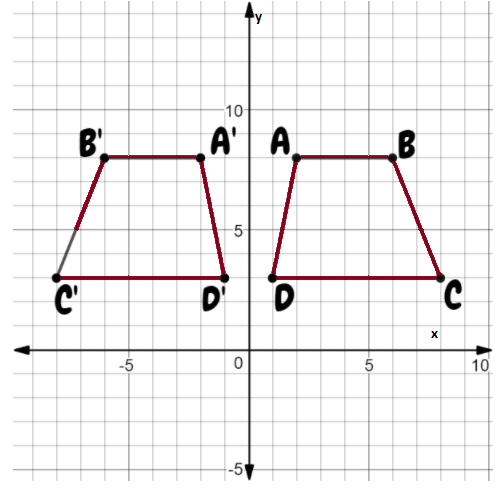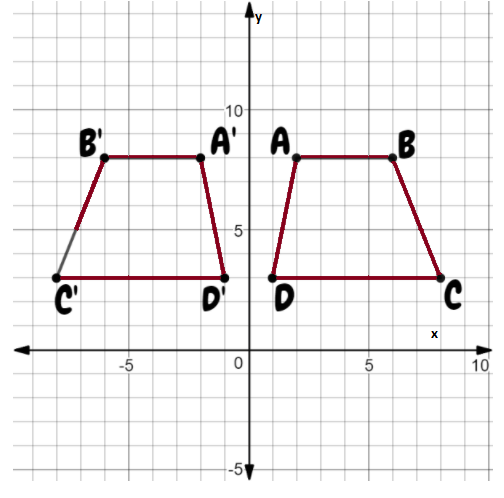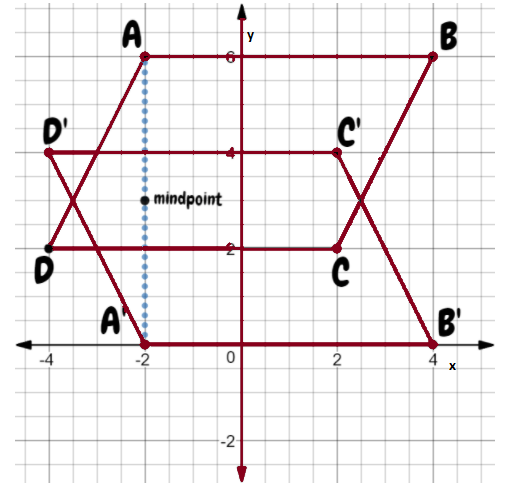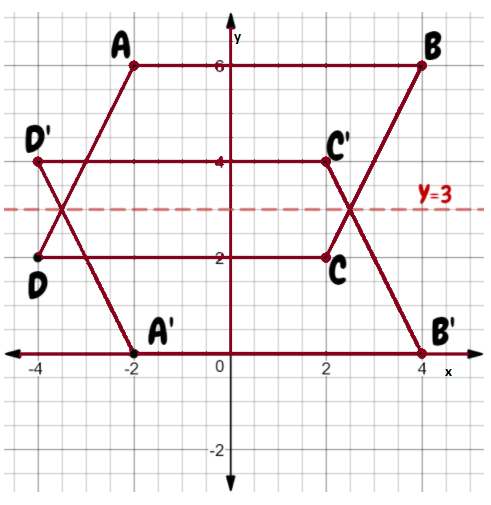Envision Math Grade 8 Volume 1 Chapter 6 Congruence And Similarity
Page 365 Essential Question Answer
Given: Two figures.
To: How can you show that two figures are either congruent or similar to one another?
In similar figures, the ratio of corresponding sides are equal. Also the included angles are equal.
In congruent figures, all the sides as well as the angles are equal.
In similar figures, the ratio of corresponding sides are equal. Also the included angles are equal.
In congruent figures, all the sides as well as the angles are equal.
Envision Math Grade 8 Volume 1 Chapter 6 Review Exercise Solutions
Page 365 Exercise 1 Answer
Given: Vocabulary words with their definition.
To: Complete each sentence by matching each vocabulary word to its definition.
Assume pairs of lines are parallel.
Alternate interior angles: Lie between pair of lines and on the opposite sides of the transversal.
Same side interior angles: Lie between pair of lines and on the same side of the transversal.
Corresponding angles: Lie on the same side of the transversal and in corresponding position.
An exterior angle of a triangle: Is formed by a side and an extension of an adjacent side of a triangle.
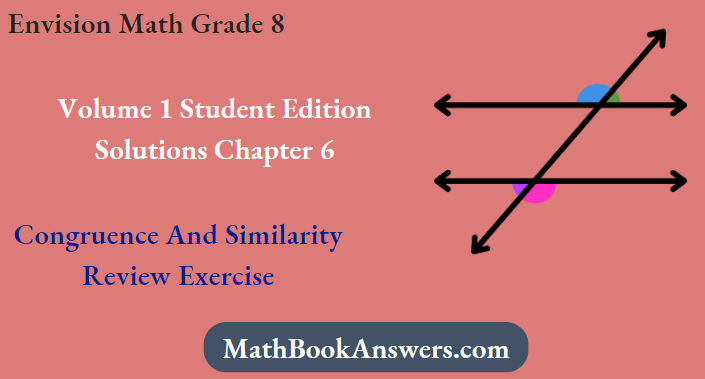
Remote interior angles of a triangle: Are two adjacent interior angles corresponding to each exterior angle of a triangle.
Alternate interior angles: Lie between pair of lines and on the opposite sides of the transversal.
Same side interior angles: Lie between pair of lines and on the same side of the transversal.
Corresponding angles: Lie on the sme side of the transversl and in corresponding position.
An exterior angle of a triangle: Is formed by a side and an extension of an adjacent side of a triangle.
Remote interior angles of a triangle: Are two adjacent interior angles corresponding to each exterior angle of a triangle.
Congruence And Similarity Envision Math Review Exercise Answers
Page 365 Use Vocabulary In Writing Answer
Given:
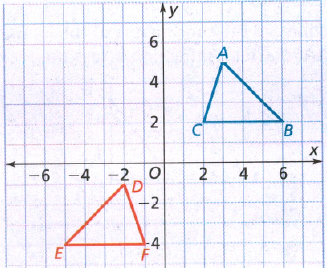
To: Prove that △ABC is congruent to △DEF
Step formulation: Find the lengths of the sides and then compare. and Use vocabulary terms from this Topic in your description.
In ΔABC, calculate the lengths of the sides by putting the coordinates in the above formula.

As all the three sides of both the triangles are equal, hence these are congruent triangles.
By comparing the lengths of the sides of both the triangles, these are found to be congruent.
Page 366 Exercise 1 Answer
Given:
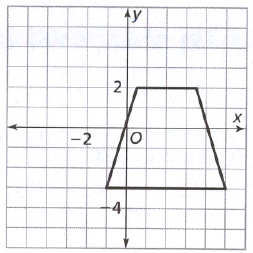
To: Find the final image when there is a translation of 3 units to the left and then 2 units to up.
Step formulation: Perform the translation step by step as given in the question.
First move each coordinate of the figure to the left by 3 units.
There will be change only in x coordinate as the translation is in only x direction.
And then add 2 to the y coordinate as the change is along y direction.
New coordinates are:
(0.5−3,2+2) = (−2.5,4)
(3.5−3,2+2) = (0.5,4)
(−1−3,−3+2) = (−4,−1)
(5−3,−3+2) = (2,−1)
The final image formed is:
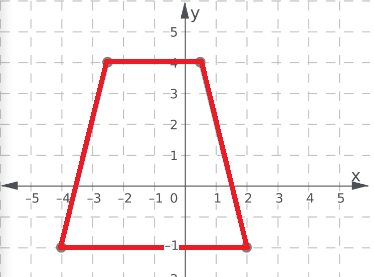
The final image when there is a translation of 3 units to the left and the 2 units to up is:

Page 366 Exercise 1 Answer
Given: A quadrilateral WXYZ is plotted on a graph with XY plane.
To find: The coordinates of the image of rectangle WXYZ after a reflection across the x−axis
We will plot the image of reflection of each point following the rule of reflection i.e. the reflected figures are at the same distance from the line of reflection but on opposite side.
A reflection is a transformation that flips a figure across a line of reflection. The preimage and image are the same distance from the line of reflection but on opposite sides.
So, figures have the same size and the same shape but different orientation after reflection.
Hence, figures have the same size and the same shape but different orientation after reflection.
Envision Math Grade 8 Chapter 6 Review Explained
Envision Math Grade 8 Volume 1 Student Edition Solutions Chapter 6 Congruence And Similarity Review Exercise Page 366 Exercise 2 Answer
Given: A quadrilateral WXYZ is plotted on a graph with XY plane.
To find: The coordinates of the image of rectangle WXYZ after a reflection across the y−axis
We will plot the image of reflection of each point following the rule of reflection i.e. the reflected figures are at the same distance from the line of reflection but on opposite side.
Graph the given quadrilateral WXYZ
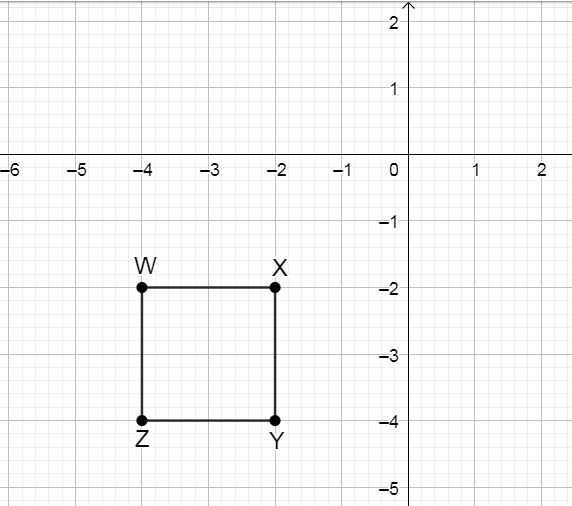
Image of each vertex of WXYZ when line of reflection is y – axis.
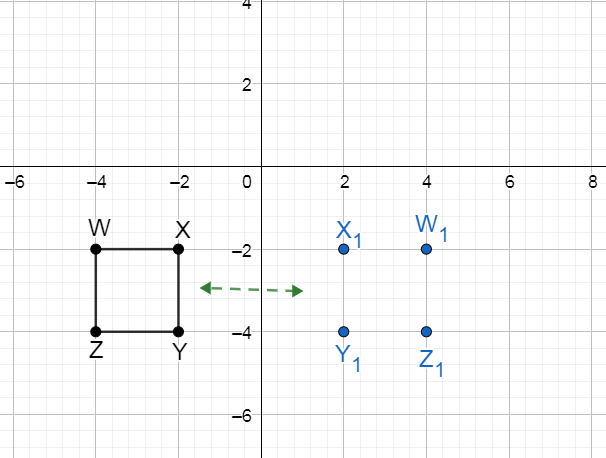
Join the vertices of image to construct the polygon. Write the coordinates of each vertex of image
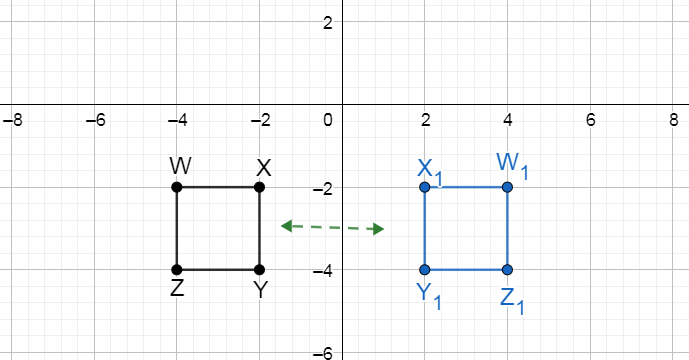
The coordinates of each vertex of image
Coordinates of image of W = (4,−2)
Coordinates of image of X = (2,−2)
Coordinates of image of Y = (2,−4)
Coordinates of image of Z = (4,−4)
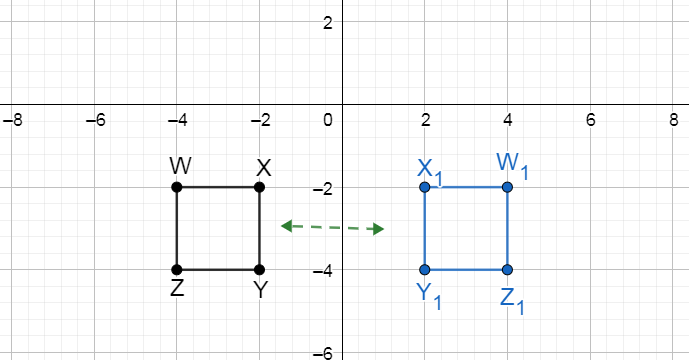
Page 367 Part (b) Answer
Coordination Given: S (-4,-2), T(-2,-2), U(-2,-4), V(-4,-4)
Find : Coordinates of STUV after 270° rotation.
Rotate the image about the origin.
For 180° rotation around the origin, first, write down the location of the given points.
S (-4,-2)
T (-2,-2)
U (-2,-4)
V (-4,-4)
Signs will change for 270-degree rotation. Image STUV is in the 3rd quadrant after 270° rotation it will be in the 2nd quadrant.
All signs are negative after rotation some signs will change.
S’ (-2,4)
T’ (-2,2)
U’ (-4,2)
V’ (-4,4)
Coordinates of the image of quadrilateral STUV after a 270° rotation about the origin S’ (-2,4) T’ (-2,2) U’ (-4,2) V’ (-4,4).
Solutions For Envision Math Grade 8 Review Exercise
Envision Math Grade 8 Volume 1 Student Edition Solutions Chapter 6 Congruence And Similarity Review Exercise Page 368 Exercise 1 Answer
Quadrilateral Given : Quadrilateral A location (1,1), (1,5), (4,4), (4,2). Quadrilateral B location (-3,-1), (-4,-1), (-5,-4), (-2,-4)
Prove : Quadrilateral A congruent to Quadrilateral B.
By observing both the Quadrilaterals, A’s longest side is 4 units but B’s longest side is 3 units.
Same, A’s smallest side is 2 units but B’s smallest unit is only 1.
As for the rule of congruence, All sides must be equal to each other.
Sides are not equal to each other than both Quadrilaterals are not congruent.
Since the quadrilaterals do not have equal corresponding sides they are not congruent.
Page 368 Exercise 2 Answer
Coordinates Given: Coordinates of parallelogram A (-4,1), B (0,1), C (1,-1),D (-3,-1).
Find : coordinates of parallelogram ABCD after dilation with the center.
We will dilate the image with center (0,0) and scale factor of \(\frac{1}{2}\).
For dilating the image we write all the Coordinates of parallelogram. A (-4,1), B (0,1), C (1,-1),D (-3,-1).
We will multiply all the Coordinates of the parallelogram with given scale factor \(\left(\frac{1}{2}\right)\).
\(\mathrm{A}(-4,1) \times \frac{1}{2} \quad \mathrm{~A}^{\prime}\left(-2, \frac{1}{2}\right)\) \(B(0,1) \times \frac{1}{2} \quad B^{\prime}\left(0, \frac{1}{2}\right)\) \(C(1,-1) \times \frac{1}{2} C^{\prime}\left(\frac{1}{2},-\frac{1}{2}\right)\) \(\mathrm{D}(-3,-1) \times \frac{1}{2} \mathrm{D}^{\prime}\left(-\frac{3}{2},-\frac{1}{2}\right)\)Coordinates of image ABCD after dilation with center (0,0) and scale factor \(\frac{1}{2}\) are
\(\quad \mathrm{~A}^{\prime}\left(-2, \frac{1}{2}\right)\) \(\quad B^{\prime}\left(0, \frac{1}{2}\right)\) \(C^{\prime}\left(\frac{1}{2},-\frac{1}{2}\right)\) \(\mathrm{D}^{\prime}\left(-\frac{3}{2},-\frac{1}{2}\right)\)
Page 369 Exercise 1 Answer
Given: Coordinates of A (−4,1), B (−4,5)and C(−1,1)
To find: Whether the given two triangles are similar or not.
We will identify the coordinates of A’, B’ and C’ to check for dilation and thus be sure whether the two triangles are similar or not
The coordinates of the vertices of triangle ABC with line of reflection being Y – axis are as follows
Coordinates of A” = (4, 1)
Coordinates of B” = (4, 5)
Coordinates of C” = (1, 1)
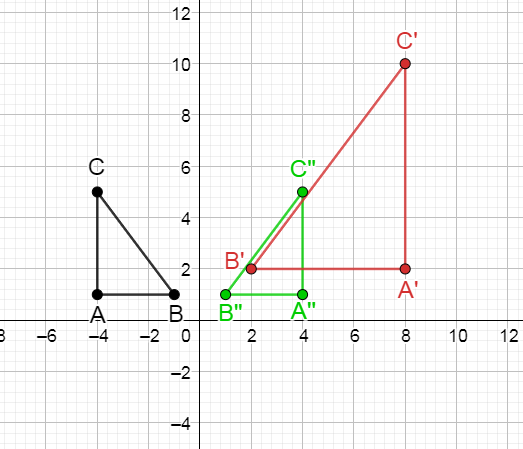
Lets identify the coordinates of the three vertices of triangle
Coordinates of A’ = (8,2)
Coordinates of B’ = (8,10)
Coordinates of C’ = (2,2)
Whereas the Coordinates of A” = (4, 1)
B” = (4, 5)
C” = (1, 1)
On comparison of corresponding coordinates
A′′= (4,1) → A′ = (8,2)
B′′ = (4,5) → B′ = (8,10)
C′′= (1,1) → C′=(2,2)
Clearly there is an enlargement dilation with a scale factor of 2.
Hence definitely the triangle A’B’C’ is similar to the triangle ABC
As there is a dilation with scale factor 2 hence the two triangles are similar to each other
Envision Math Grade 8 Volume 1 Chapter 6 Review Practice Problems
Page 369 Exercise 2 Answer
Given: Two similar triangles ABC and A’B’C’
To find: Sequence of transformation
We will check for various types of transformation to get the sequence in which triangle ABC got transformed to A’B’C’
Triangles have opposite orientation hence first reflect triangle ABC with line of reflection Y – axis to get triangle A”B”C”
The side lengths and coordinates of A’, B’ and C’ are double as compared to the coordinates of A”, B” and C” hence there is a dilation factor of 2 with origin as center.
Hence the sequence of transformation includes reflection about the y-axis, and then dilation by a factor of 2 with origin as center.
Envision Math 8th Grade Congruence And Similarity Review Key Concepts
Envision Math Grade 8 Volume 1 Student Edition Solutions Chapter 6 Congruence And Similarity Review Exercise Page 369 Exercise 1 Answer
Given: Two parallel lines a and b and a transversal
To find: Value of x
We will first find the measure of ∠4 using the property of vertically opposite angles and then we will use the property of corresponding angles to find x.
∠4 = 129° (Vertically opposite angles)
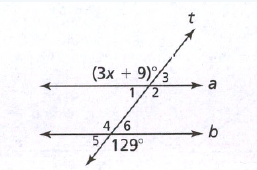
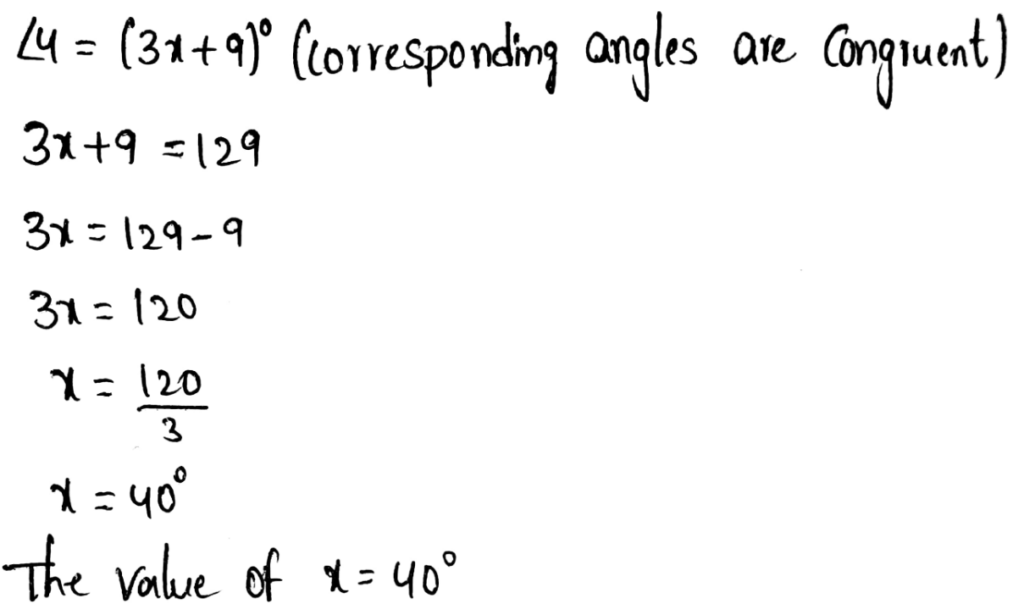
The value of x = 40°
Page 370 Exercise 1 Answer
Given: Two of the interior angles of the triangle = 48° and 102°
To find: Measure of the third missing angle
We will add the measure of the given two angles and then subtract from 180 to get the measure of the third angle
Sum of the given two interior angles = 48° + 102° = 150°
Let the missing third angle be x°
x° = 180° − 150°
(Sum of the interior angles of a triangle is 180°)
x° = 30°
The measure of the missing angle = 30°
Page 370 Exercise 2 Answer
Given: Exterior angle of the triangle is 115°. The two remote interior angles are 2x and 3x
To find: Value of x
As we know that the measure of exterior angle of a triangle is equal to the sum of the remote interior angles.
So we will equate 115° with the sum of 2x and 3x
Sum of the remote interior angles = 2x + 3x = 5x
Measure of exterior angle = Sum of the opposite interior angles
5x = 115°
x = \(\frac{115}{5}=23^0\)
The value of X is 23°
Envision Math Grade 8 Chapter 6 Review Summary And Examples
Page 370 Exercise 1 Answer
Given: ∠CXY = ∠CAB = 38°
To find: Whether ΔABC ≈ ΔXYC
There are some rule called Angle-Angle (AA) Criterion.
This criterion states that if two angles in one triangle are congruent to two angles in another triangle, the two triangles are similar triangles.
Hence, This criterion states that if two angles in one triangle are congruent to two angles in another triangle, the two triangles are similar triangles.
